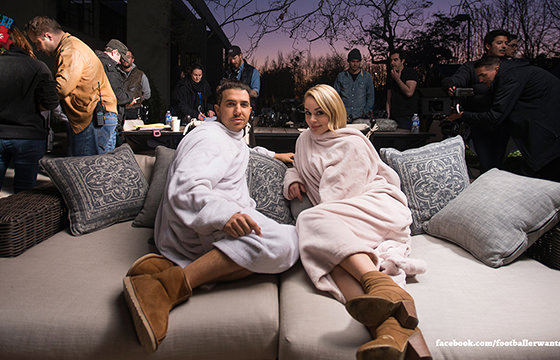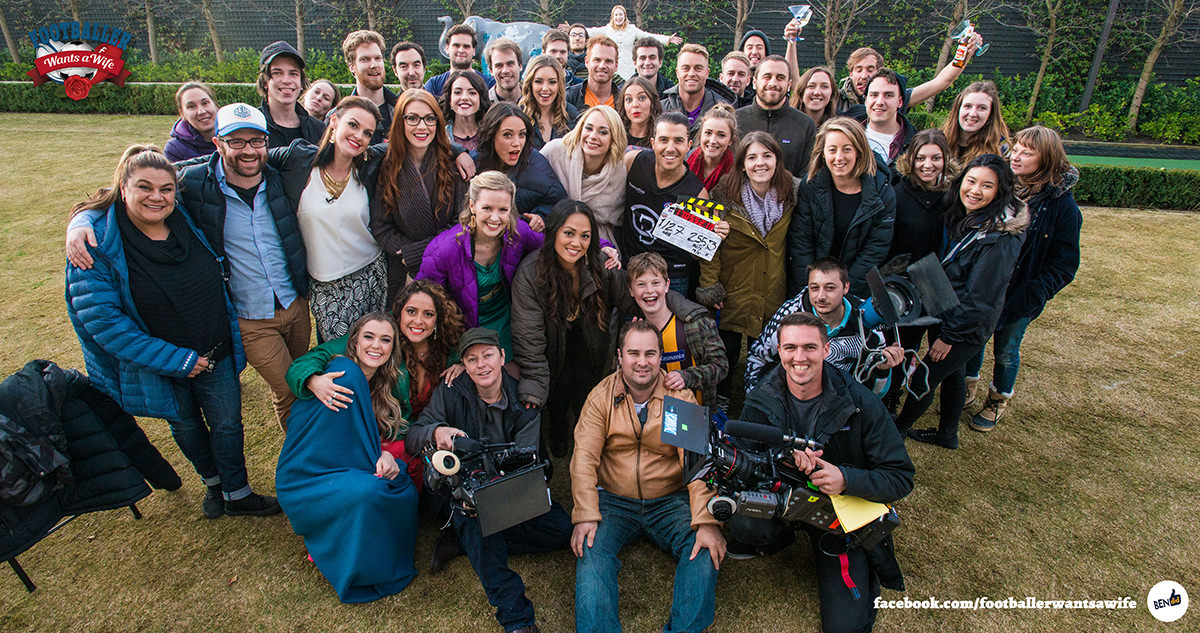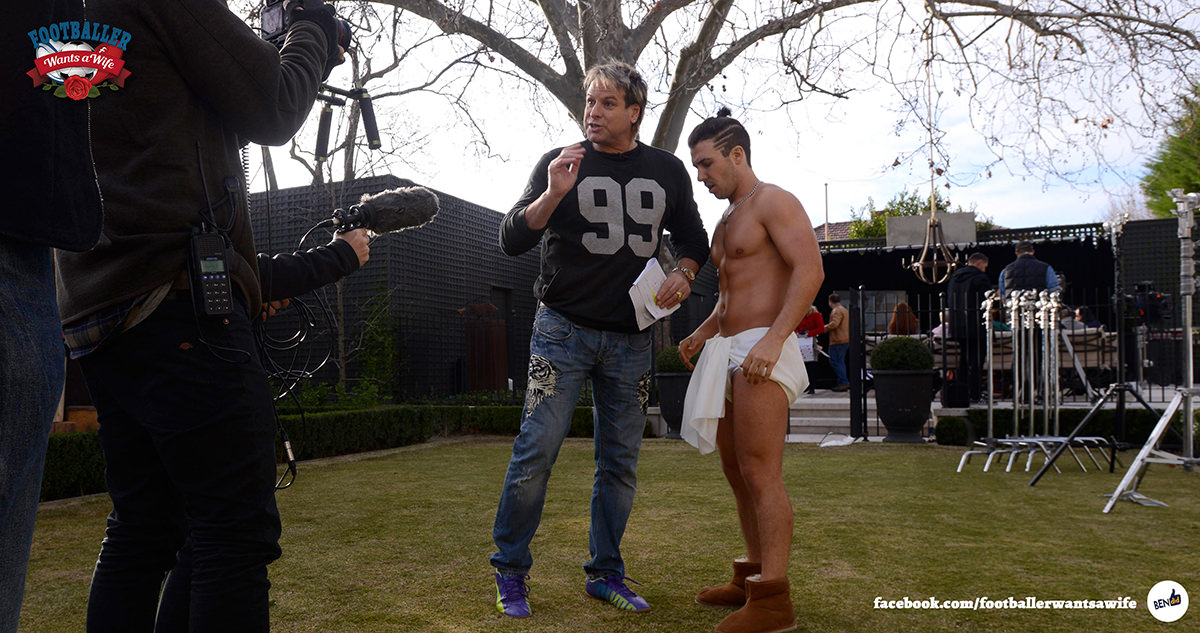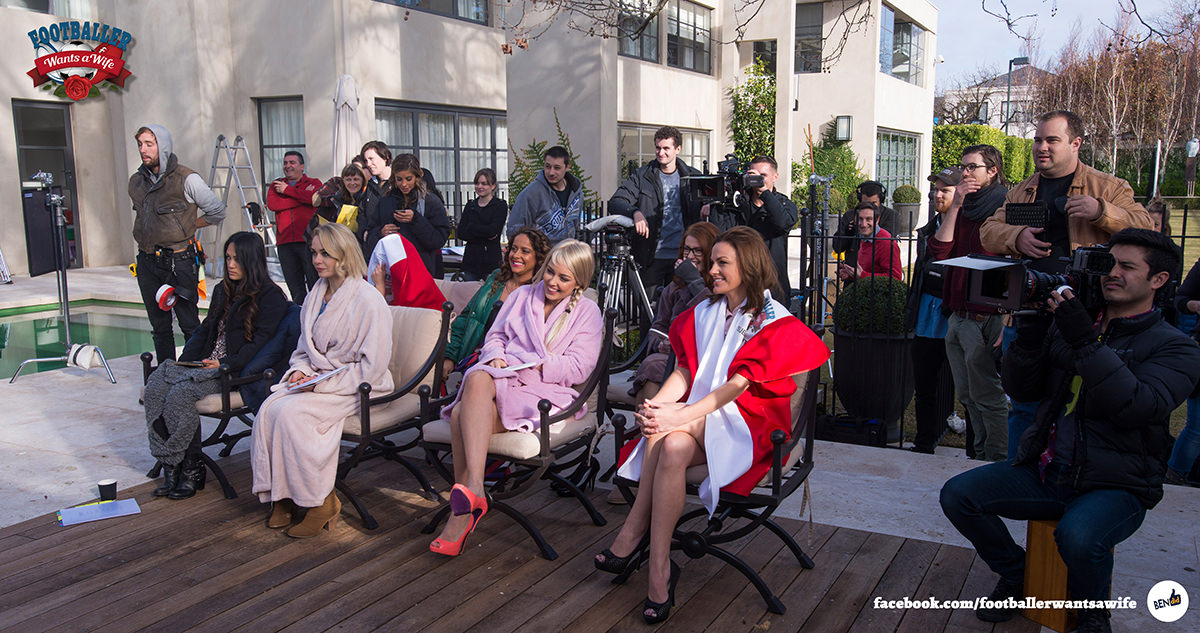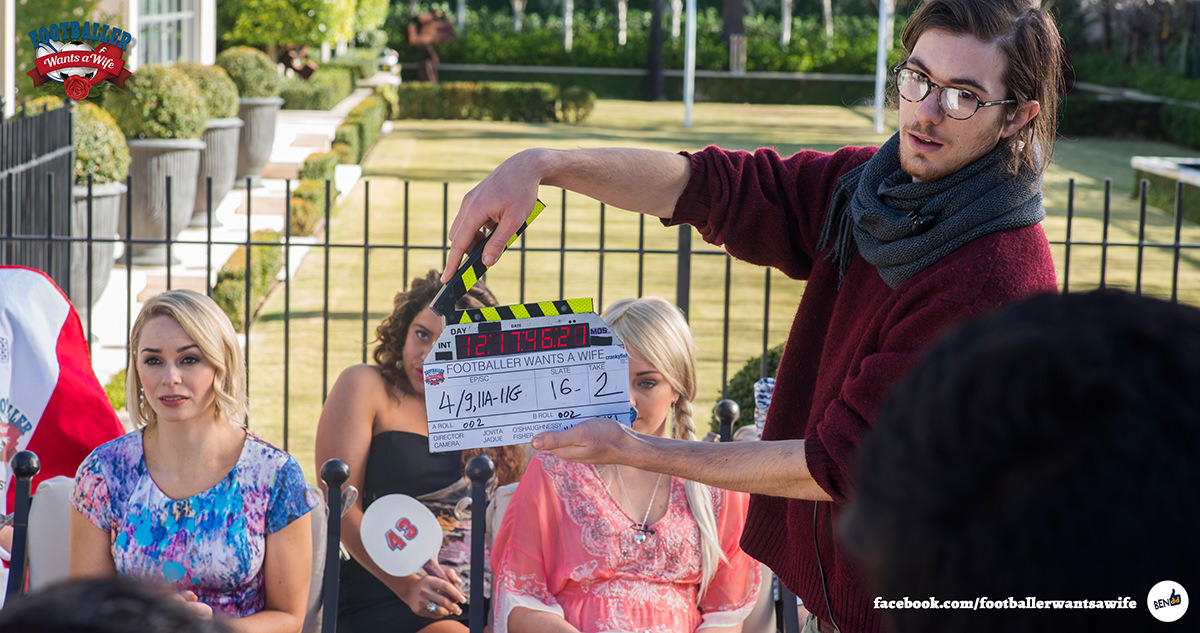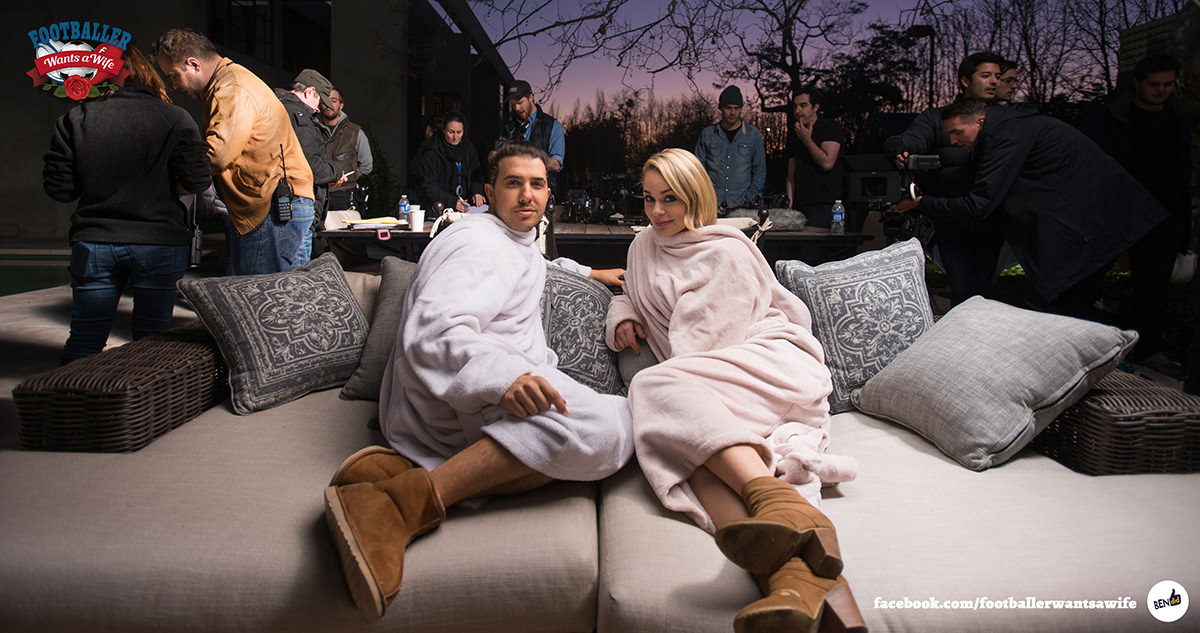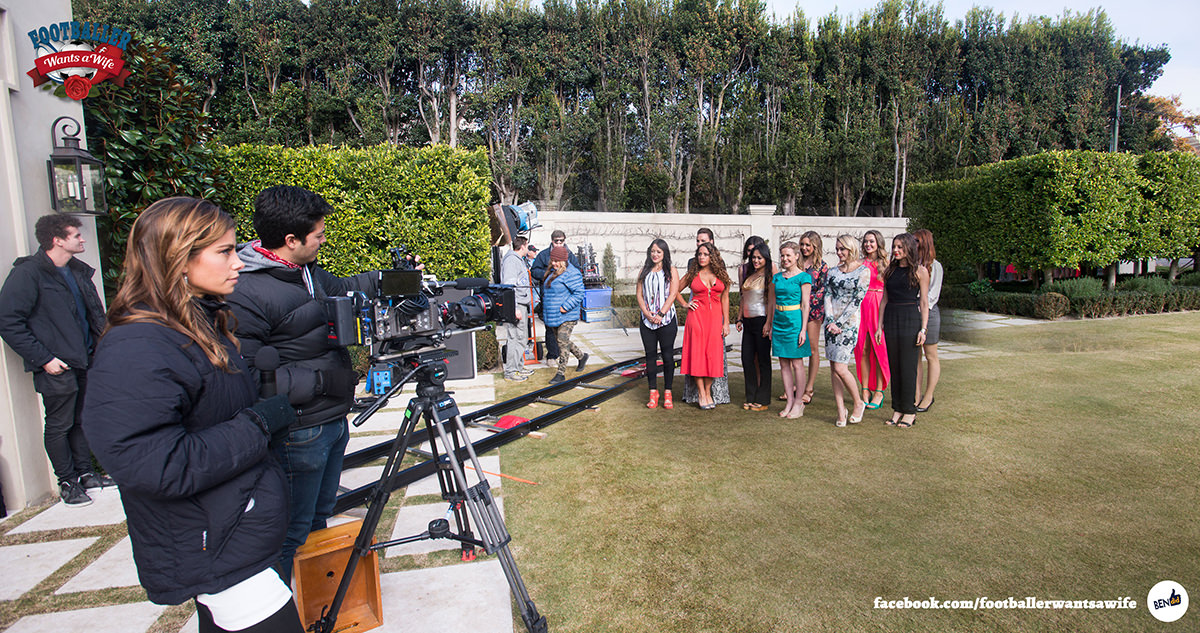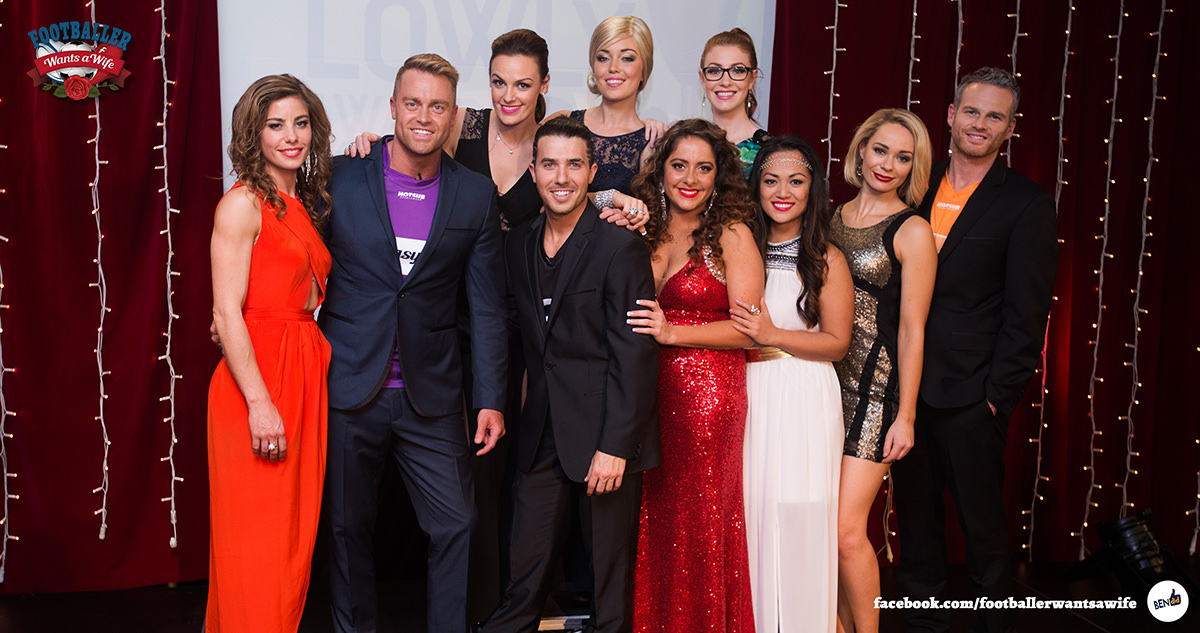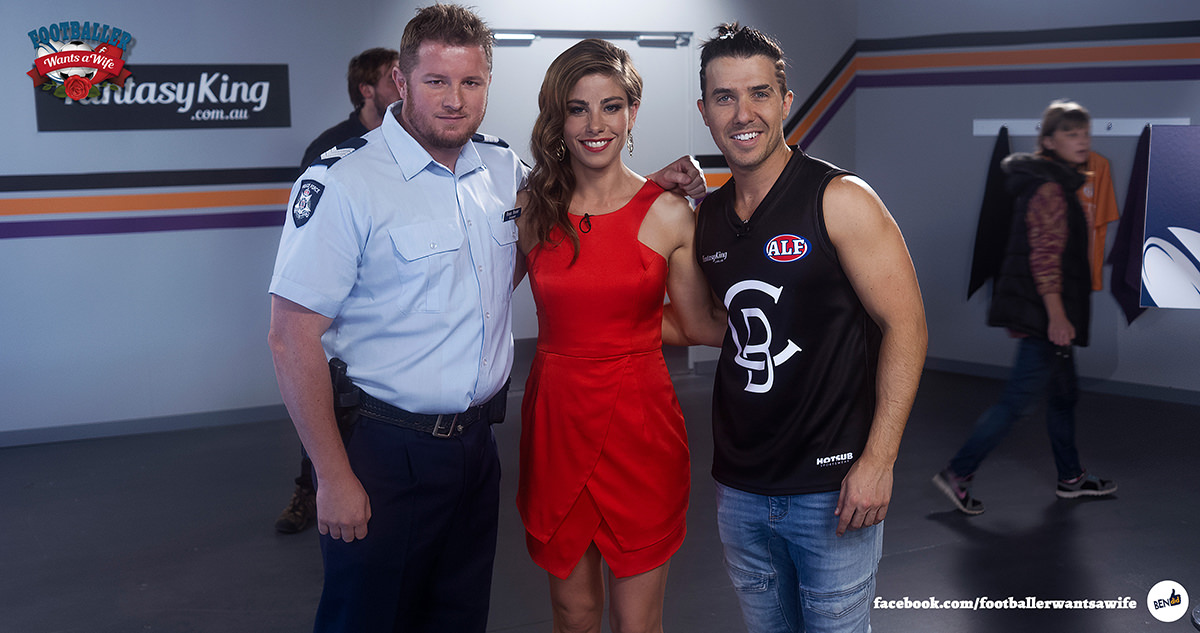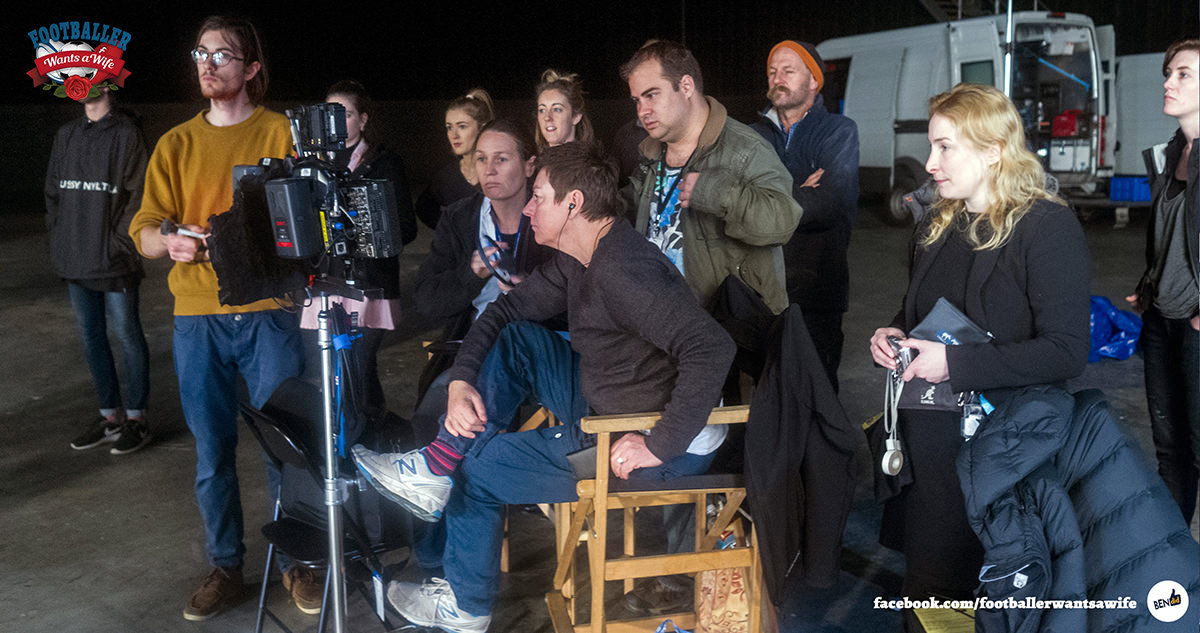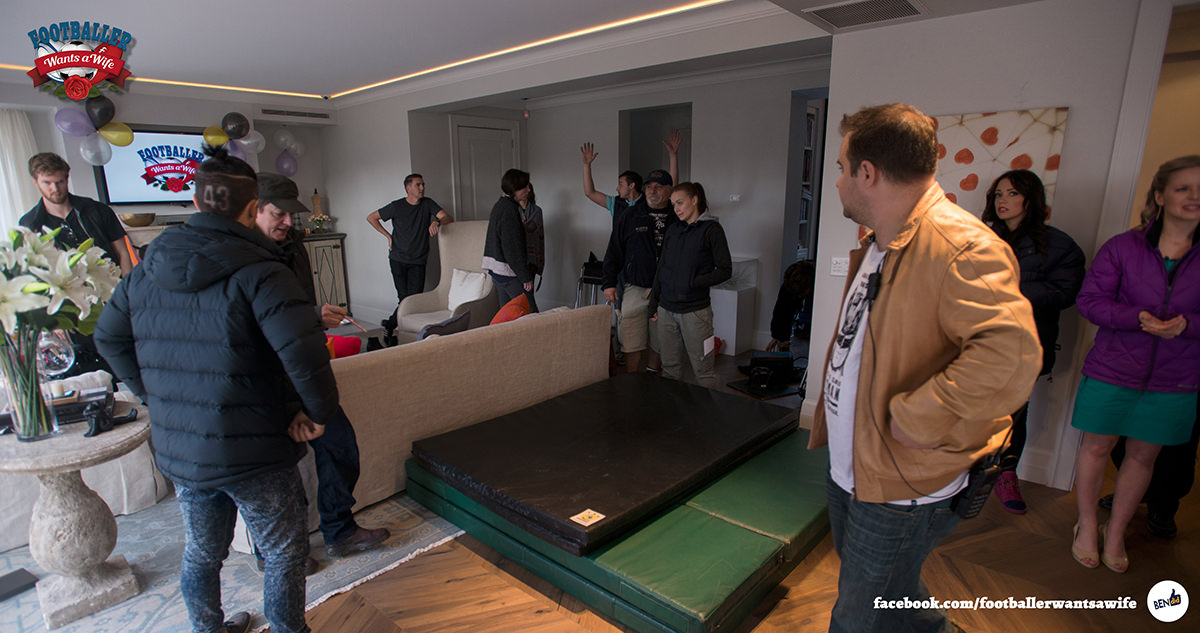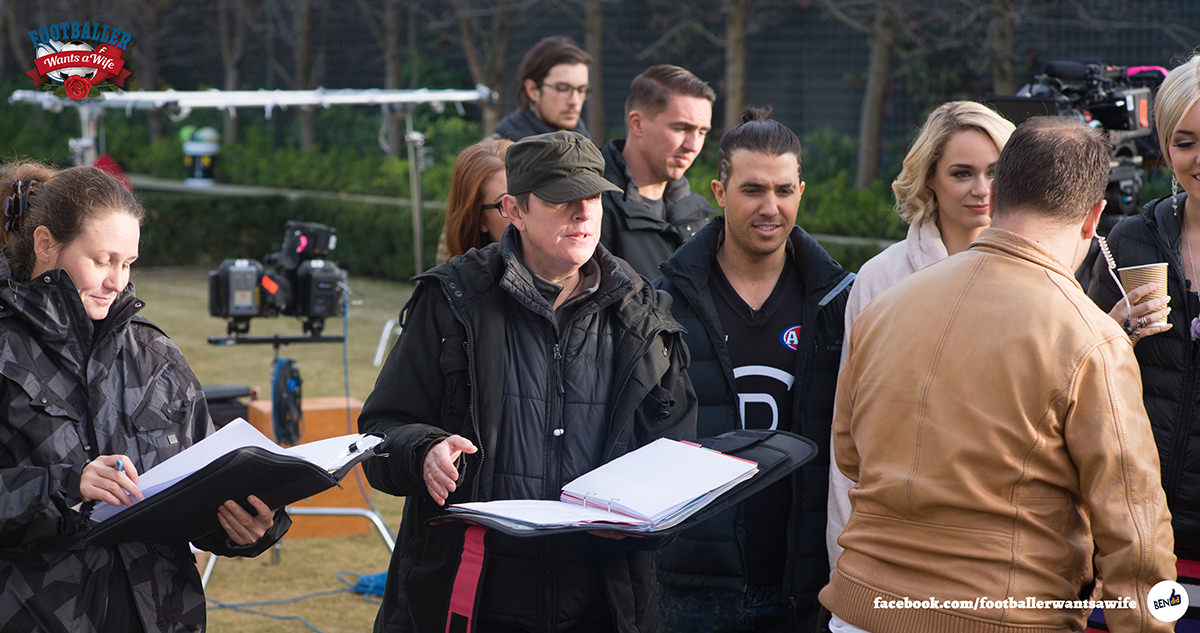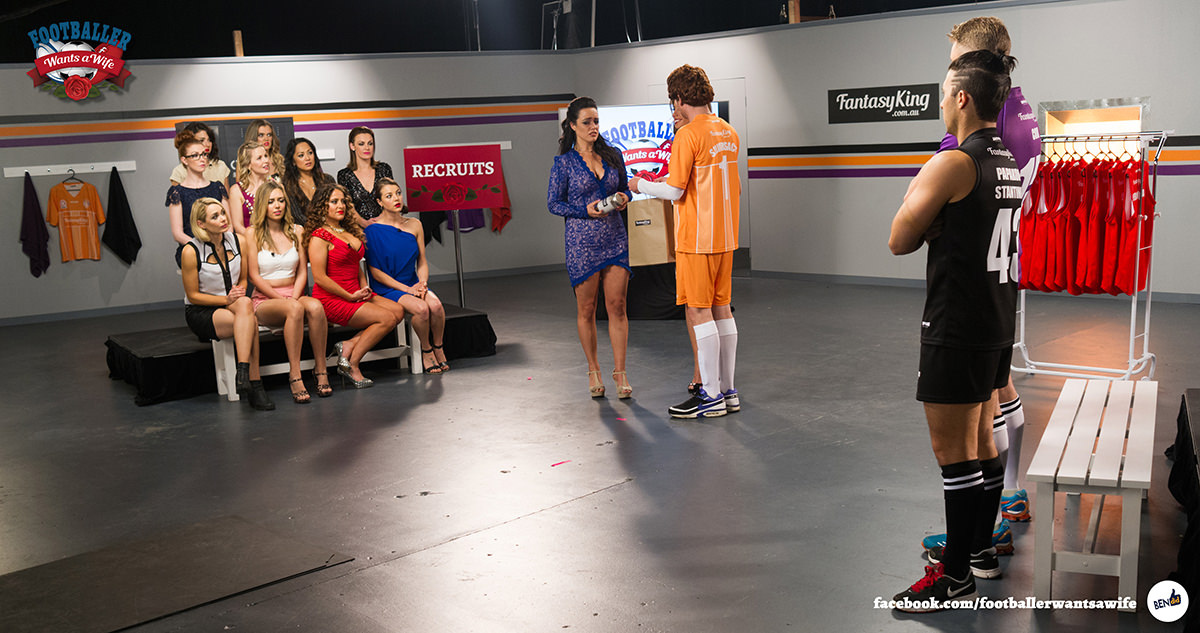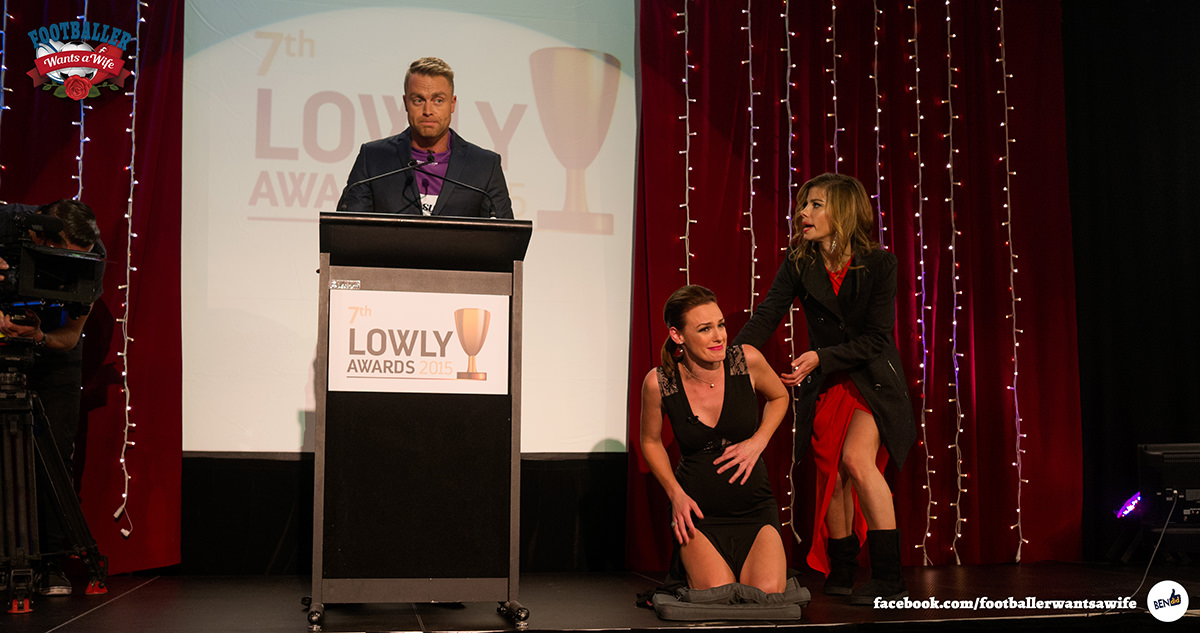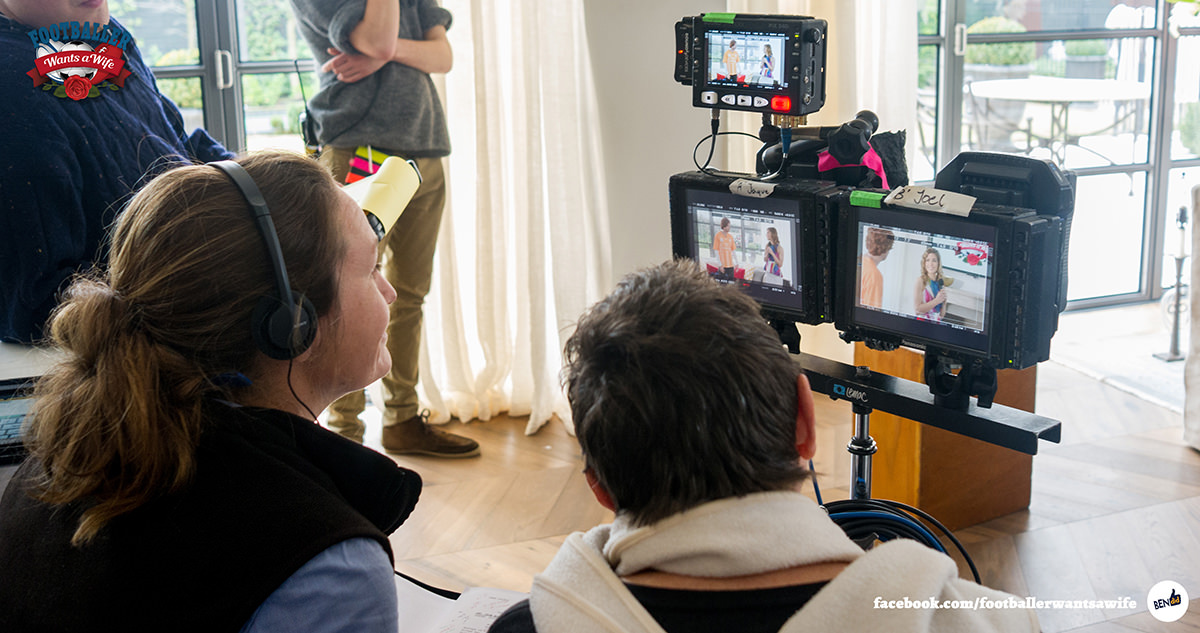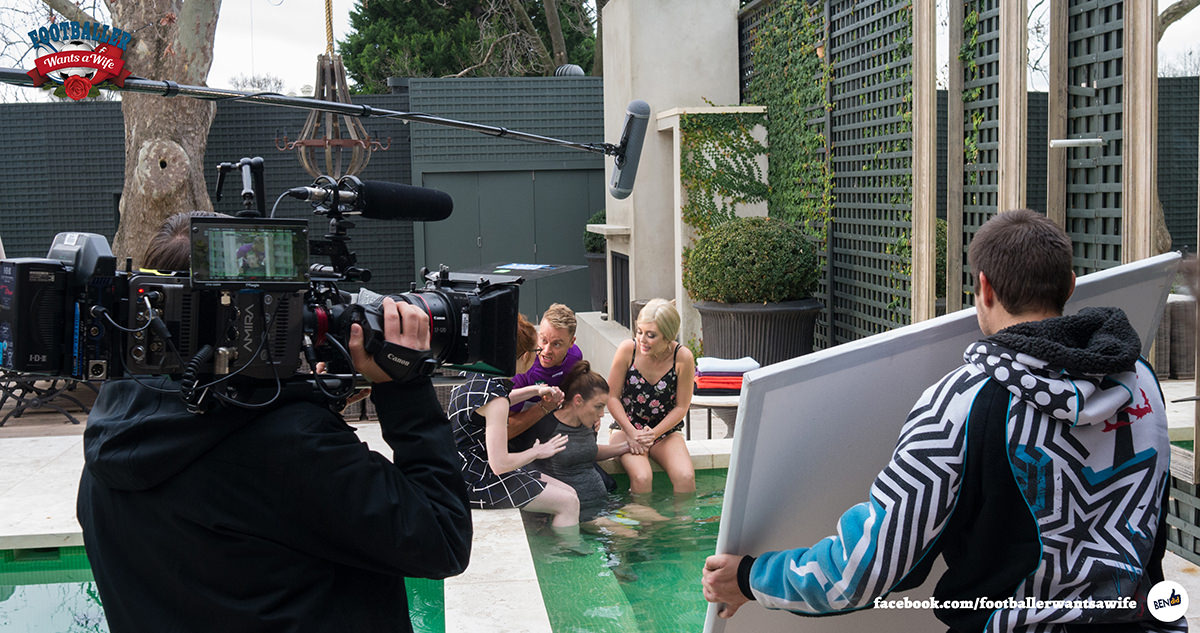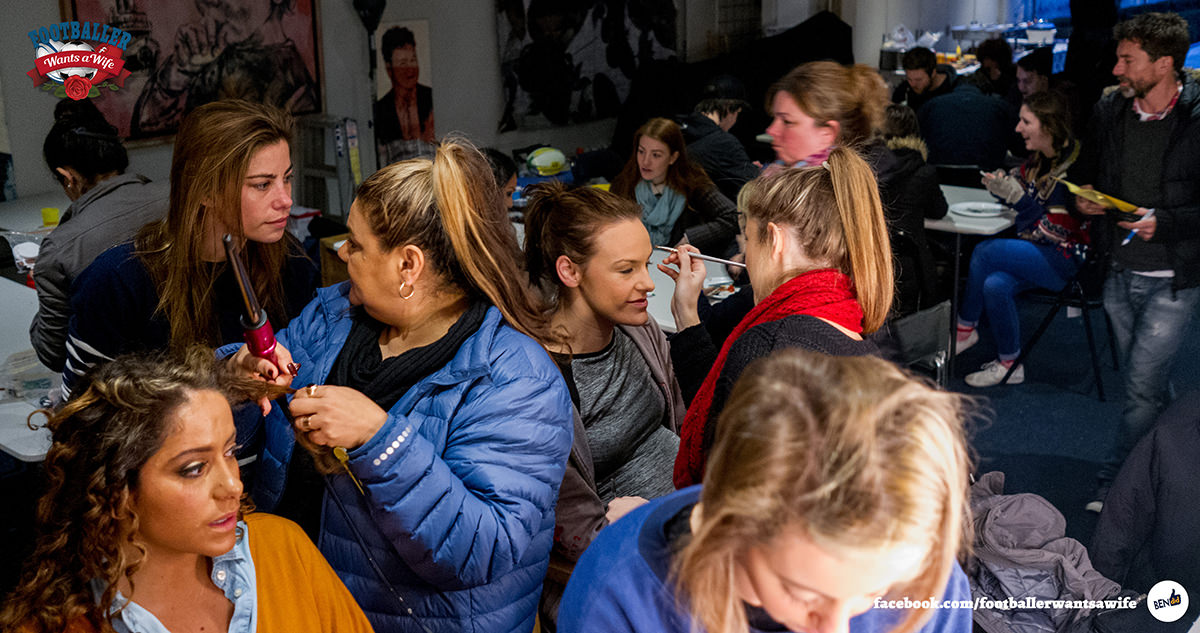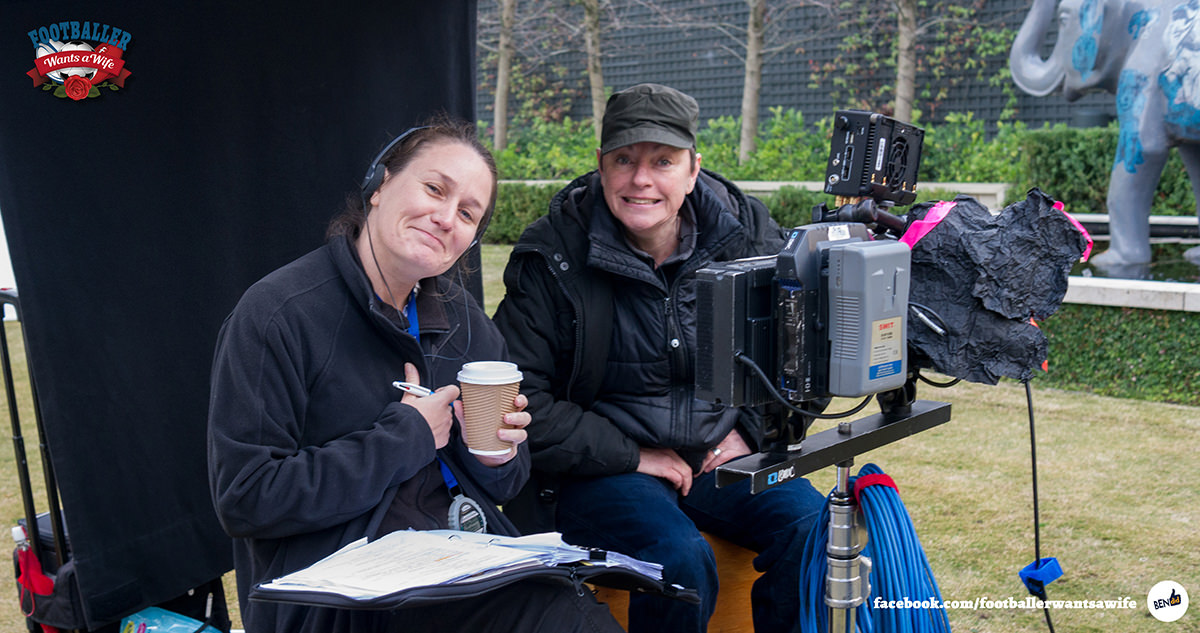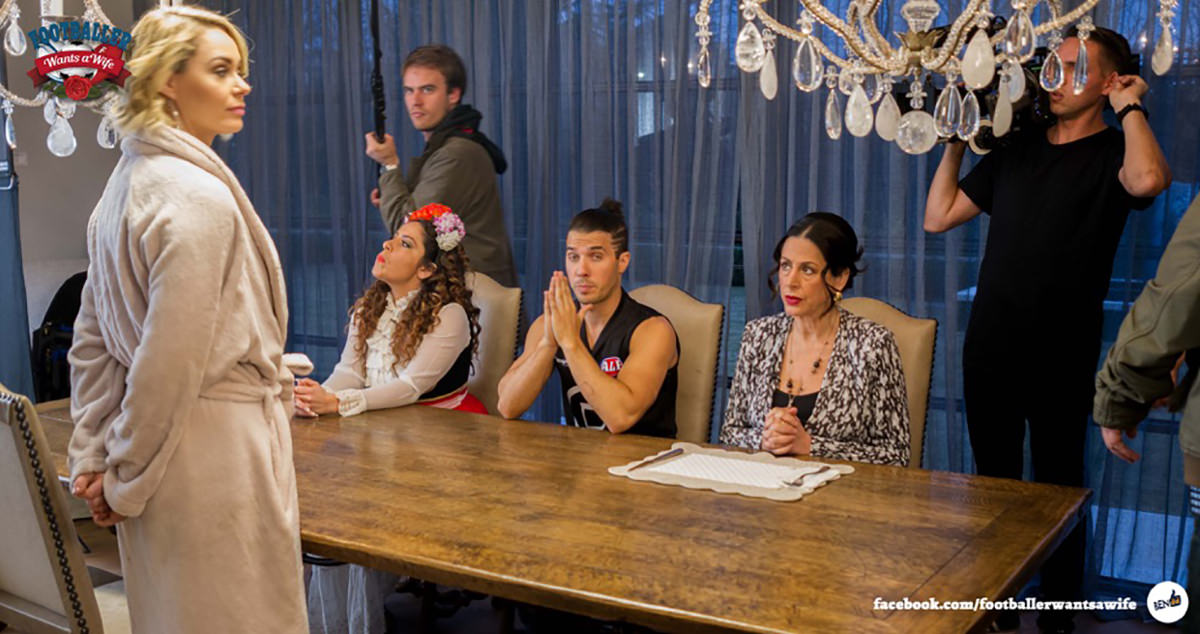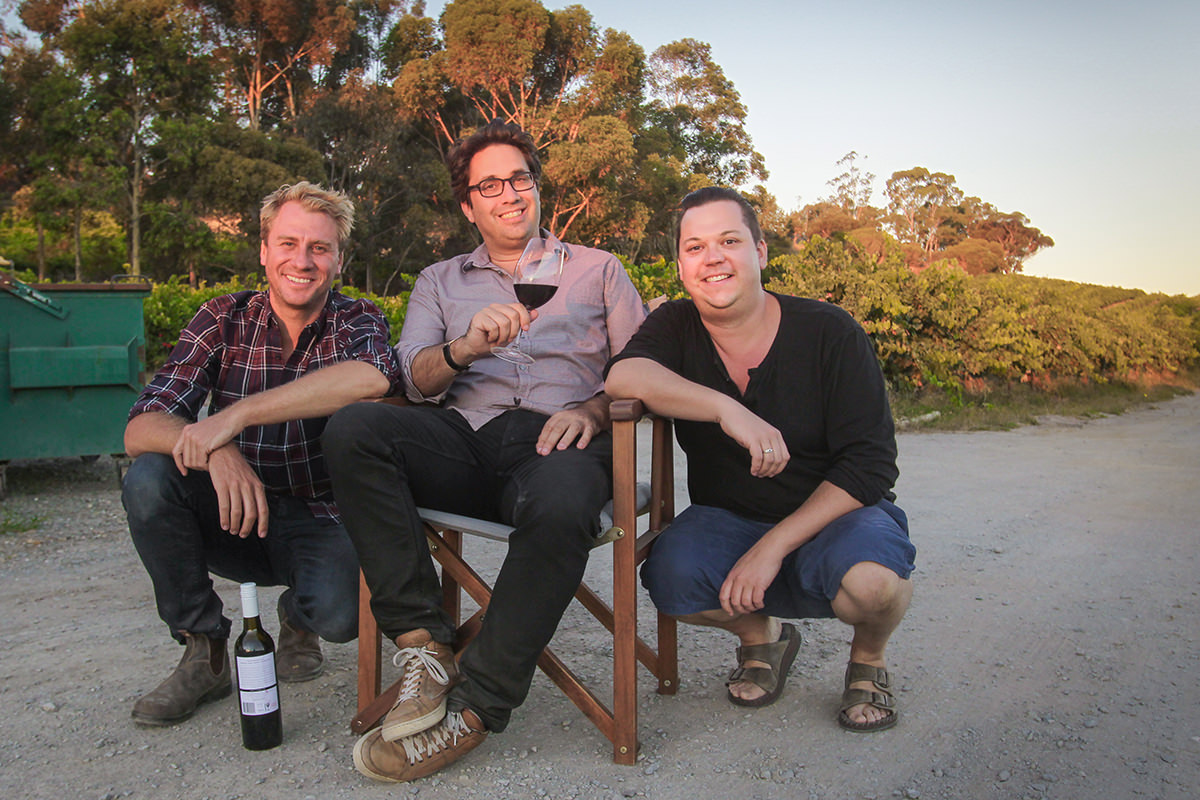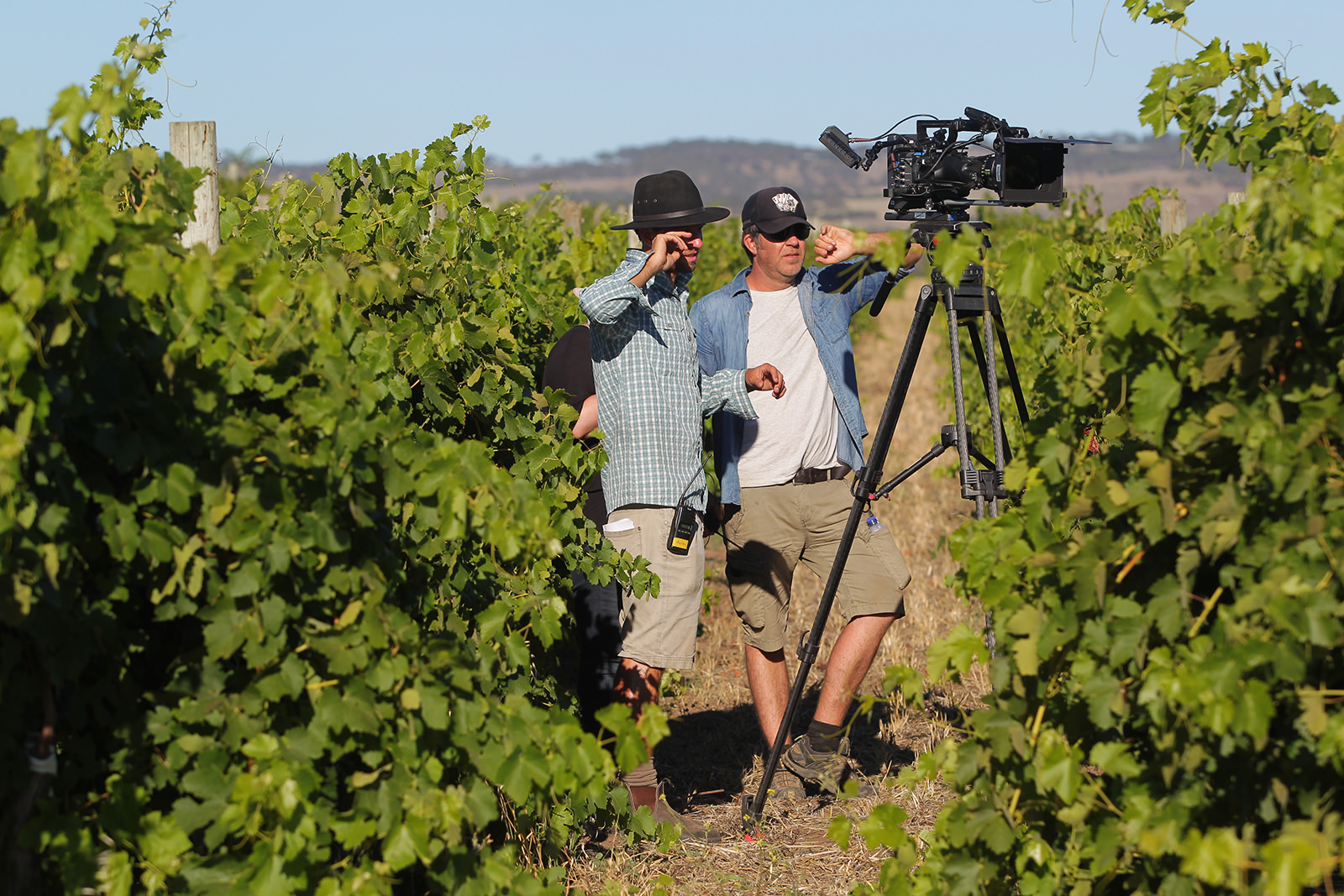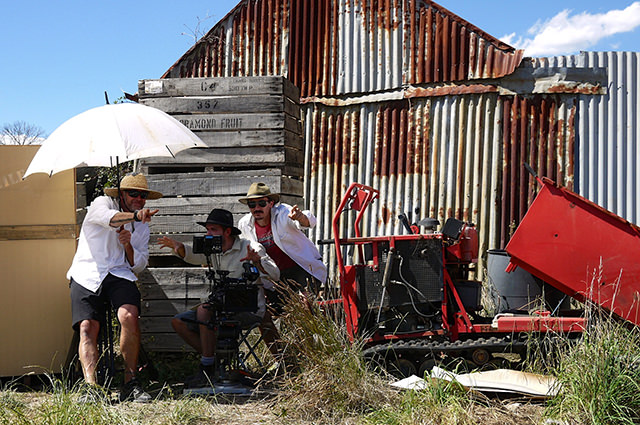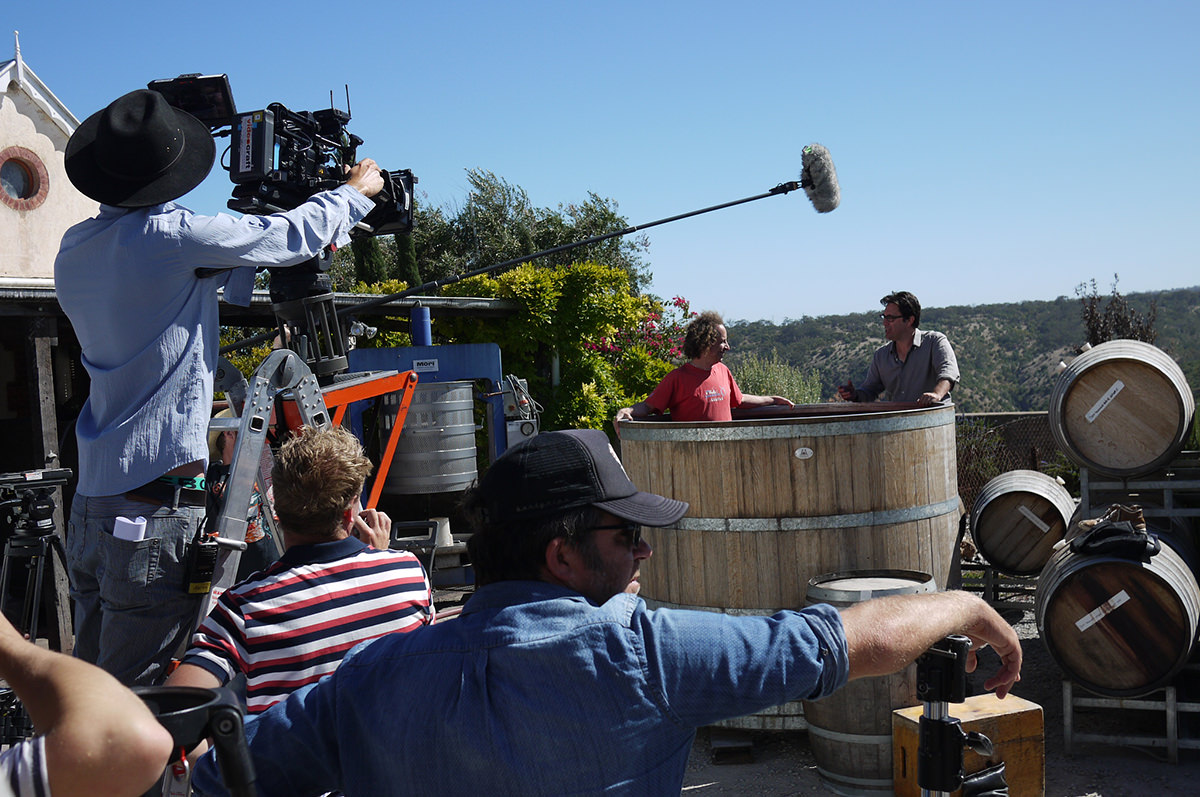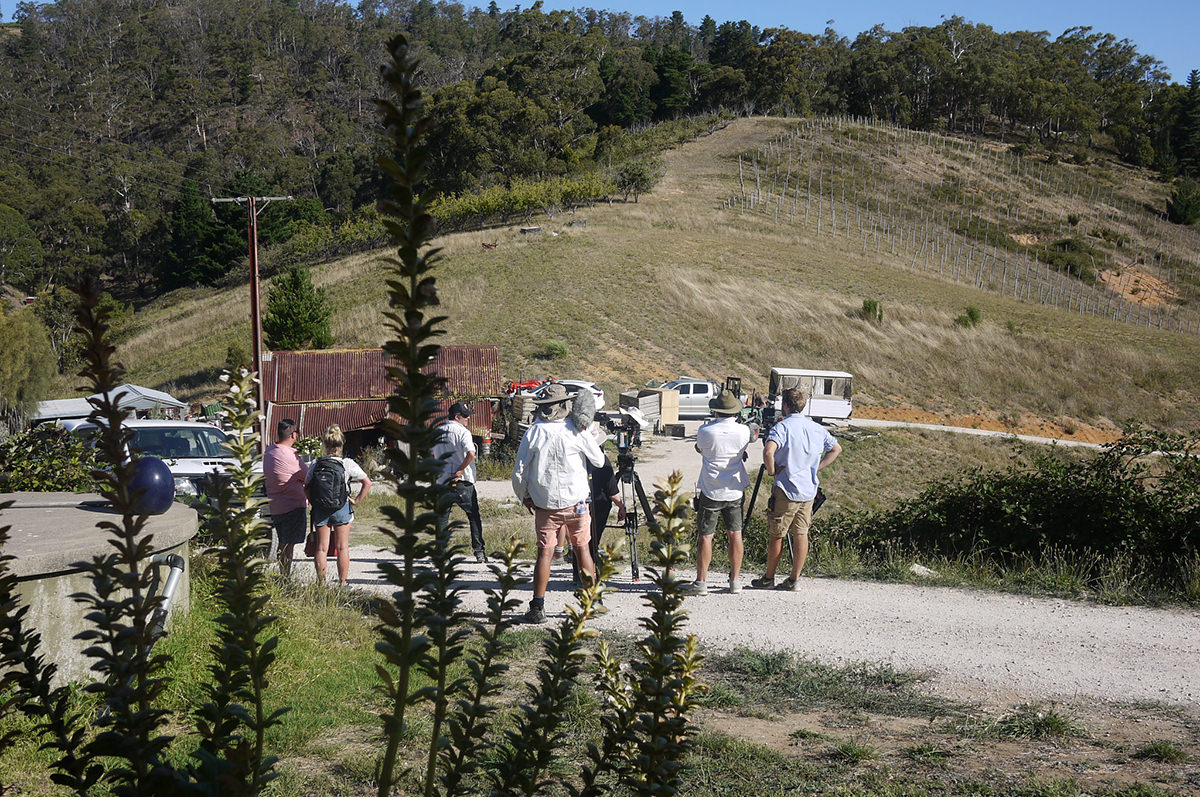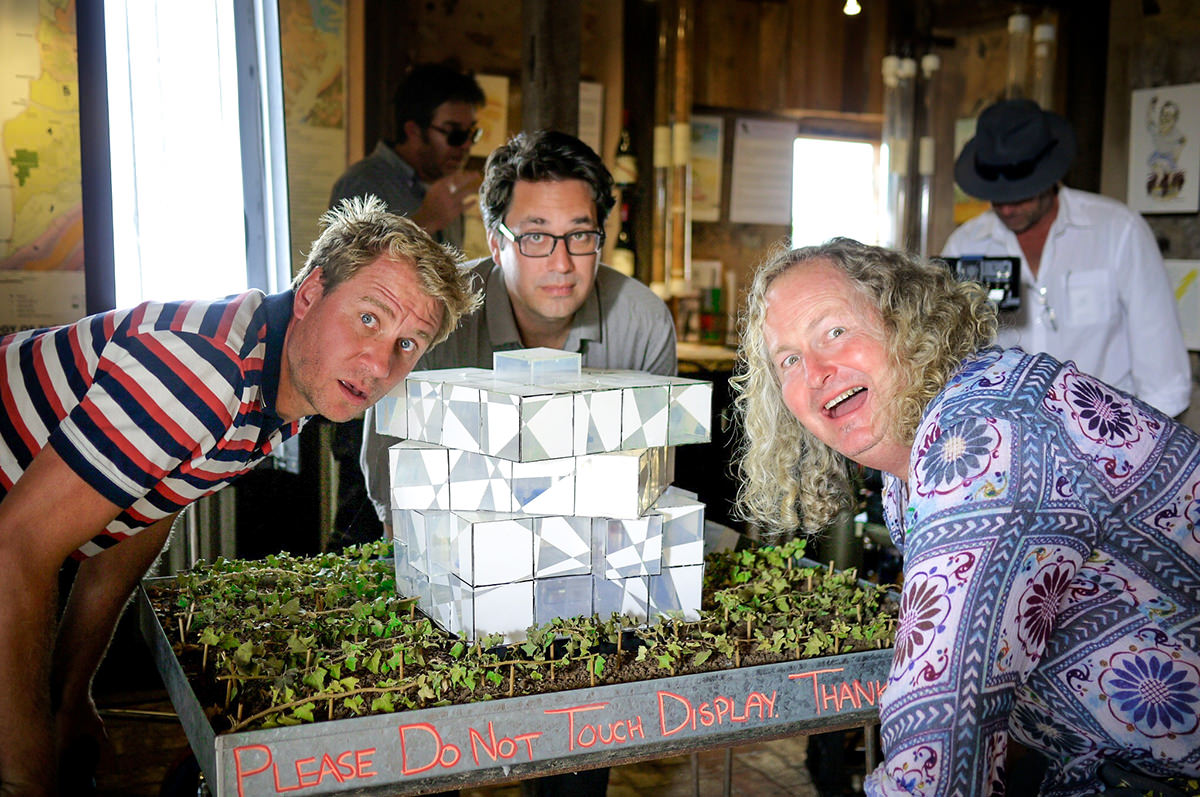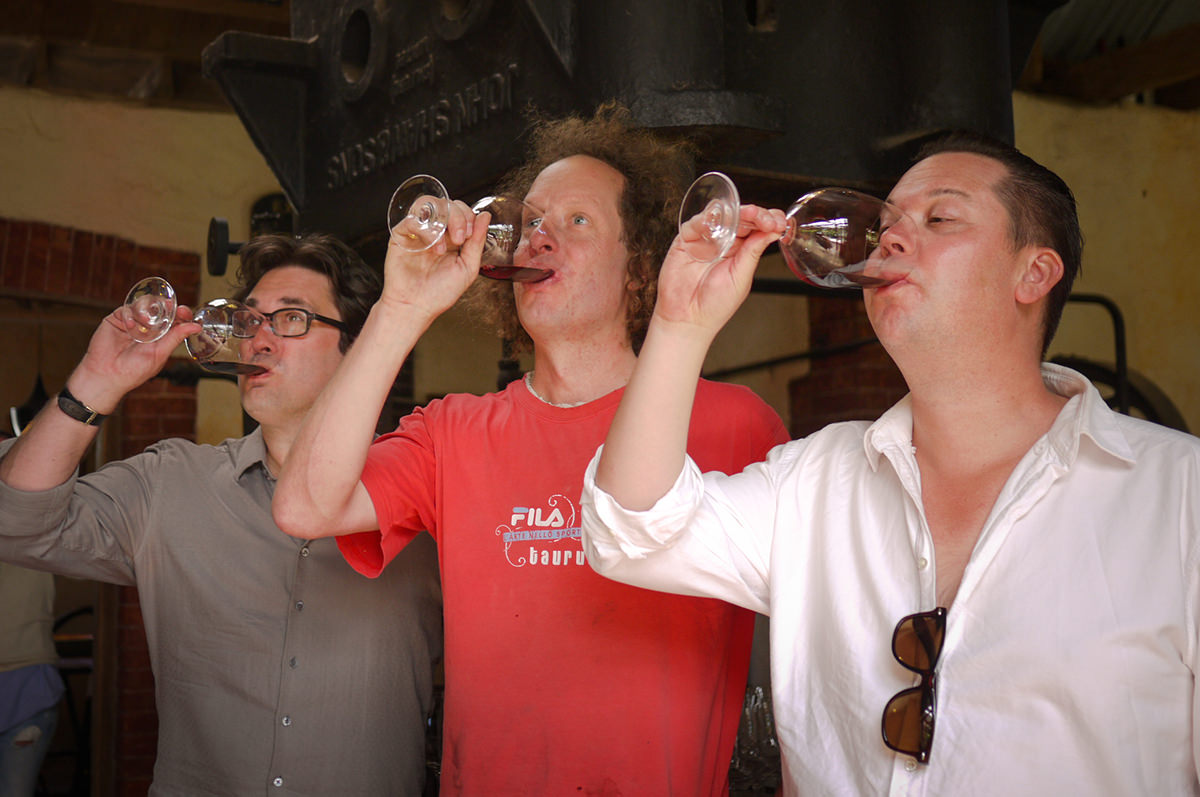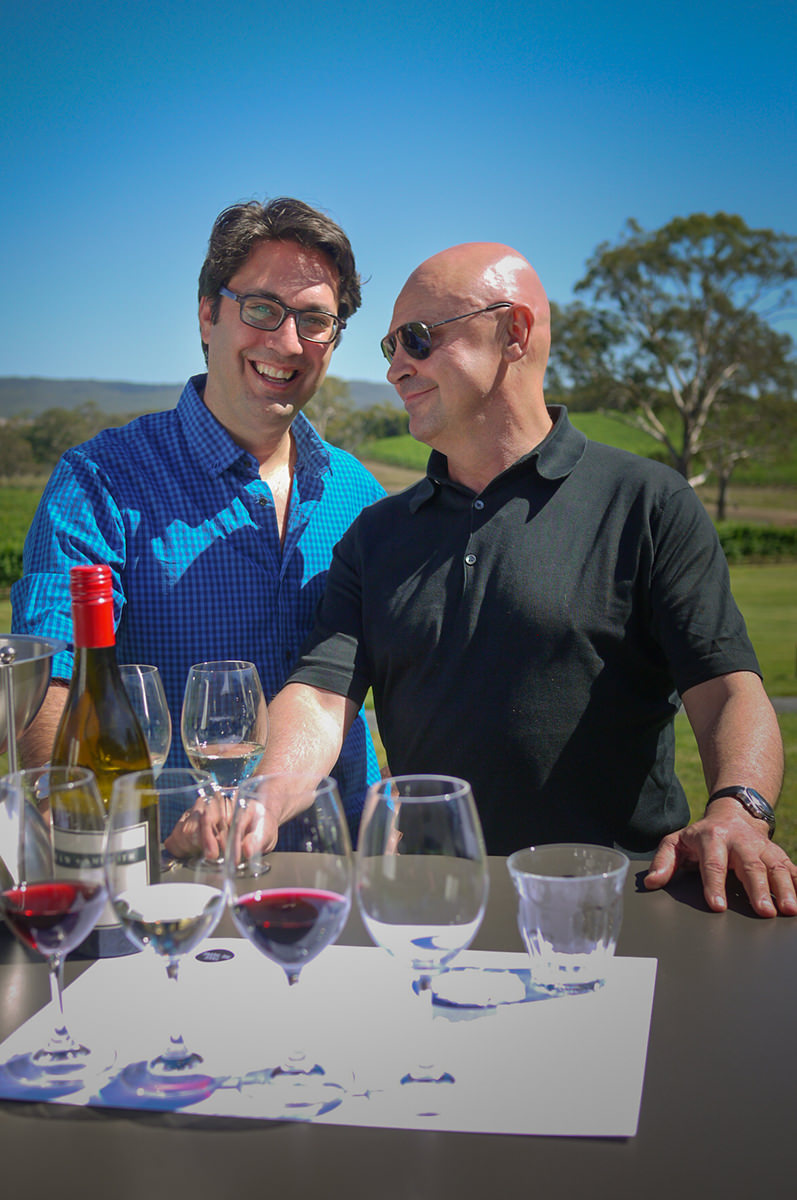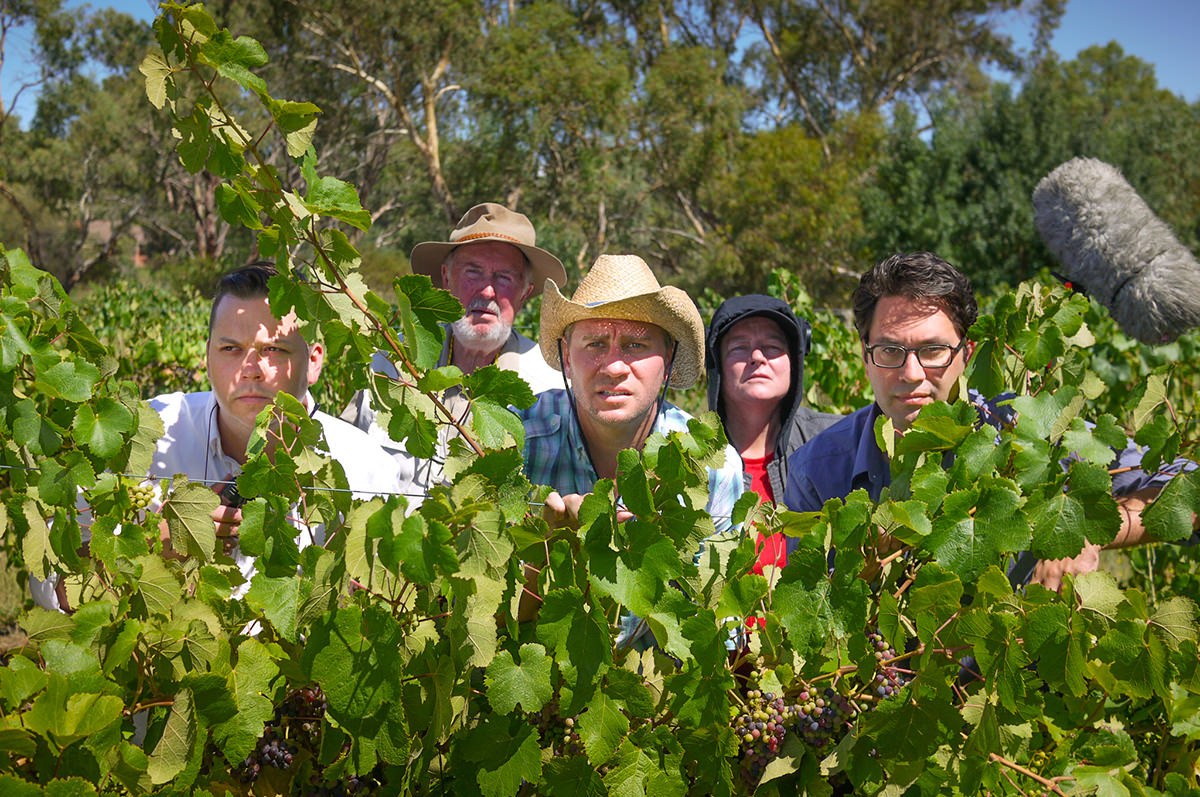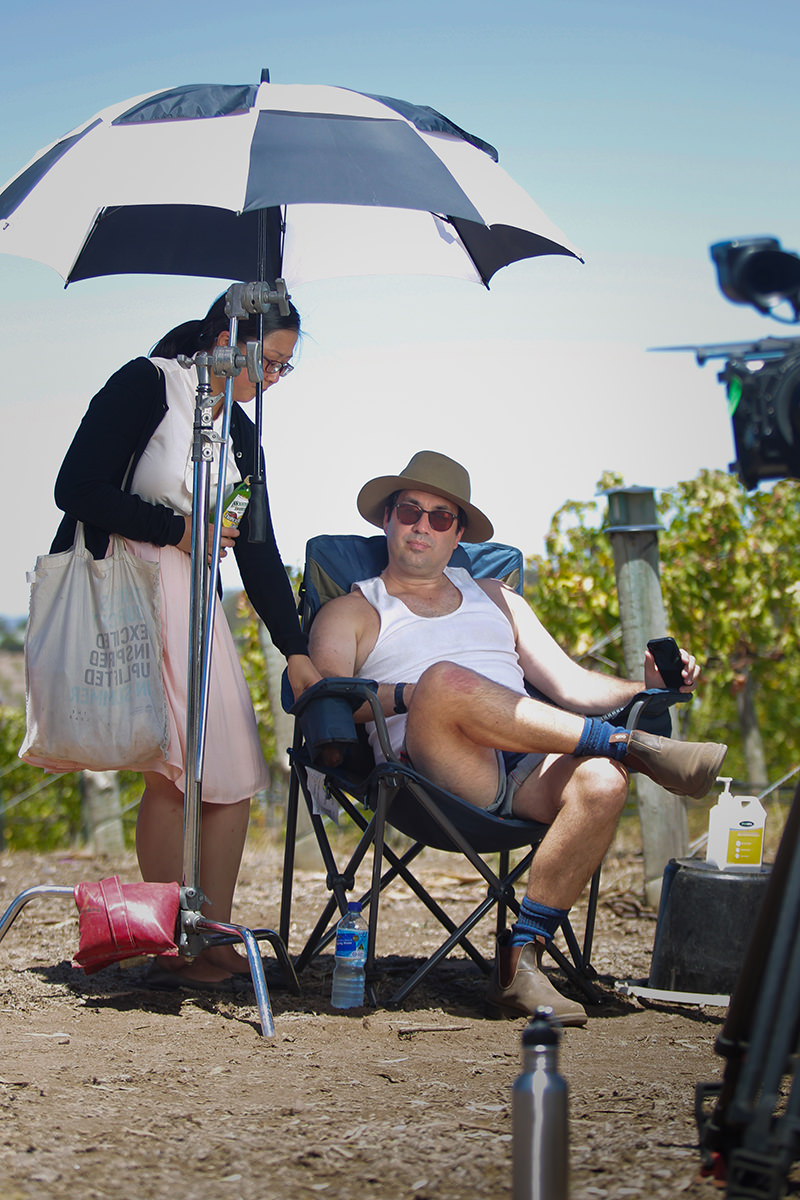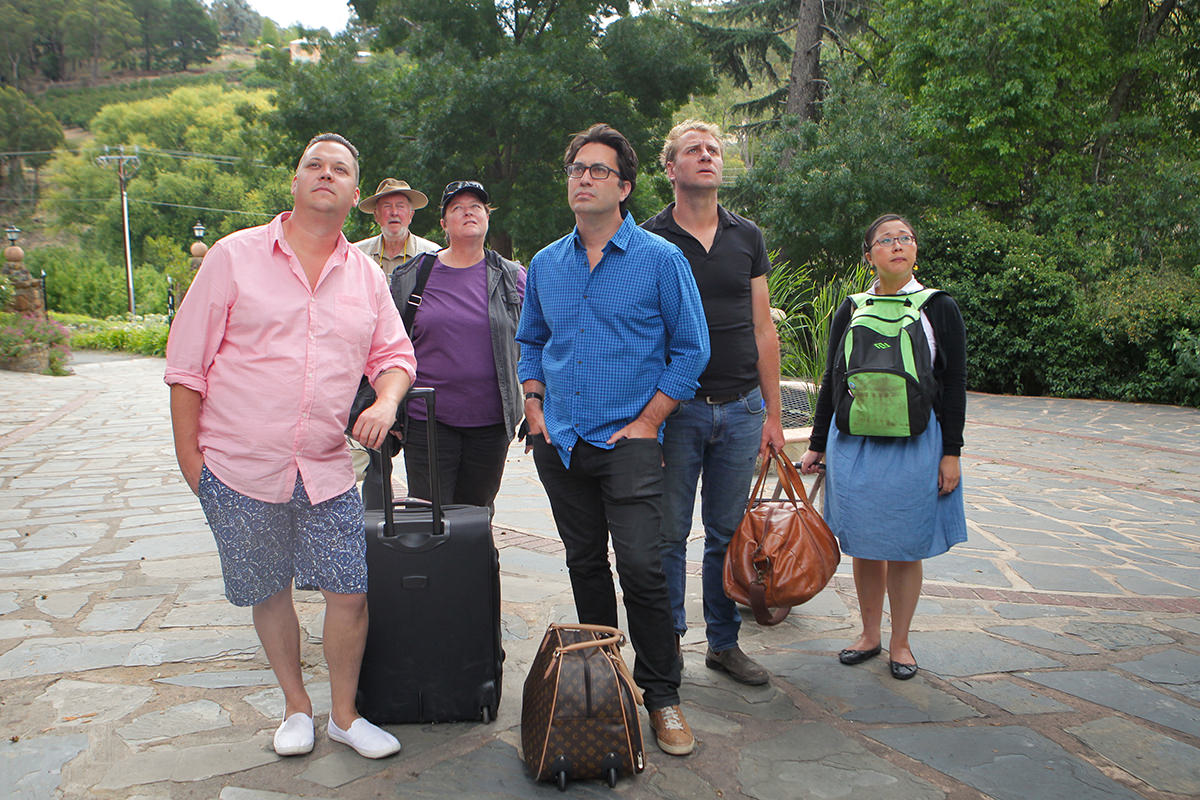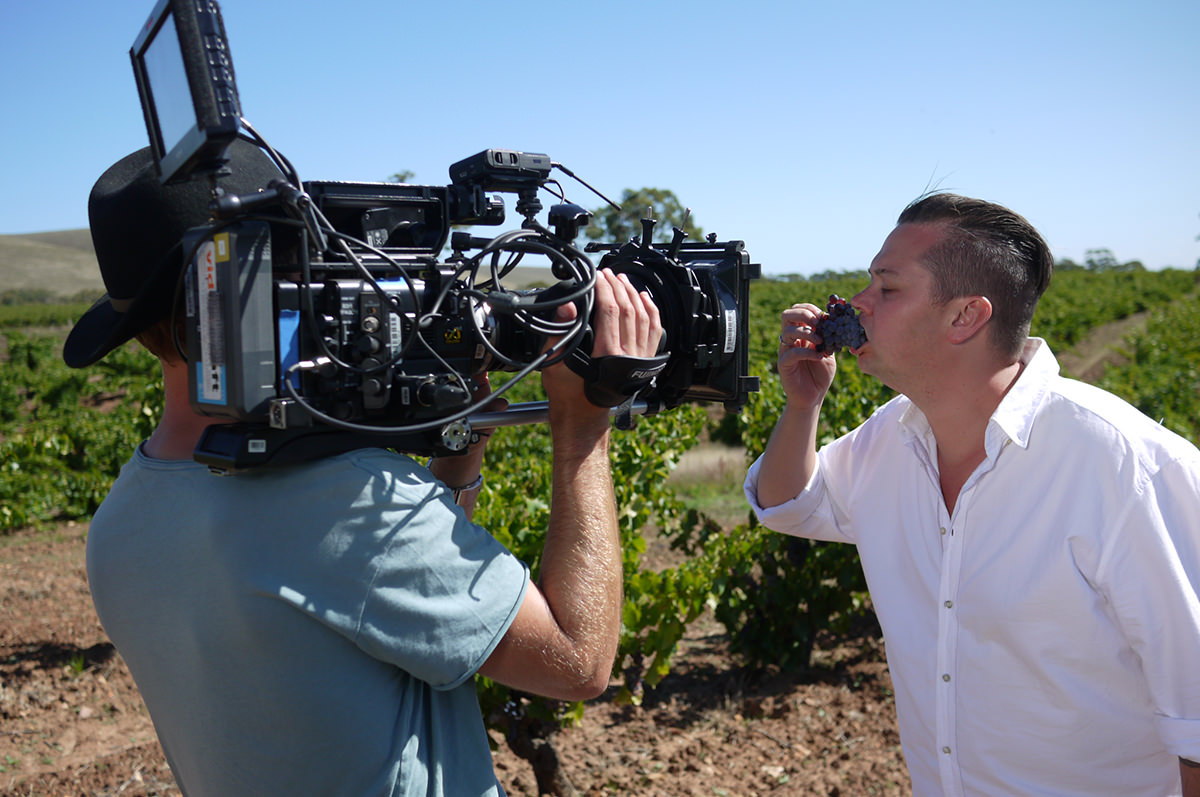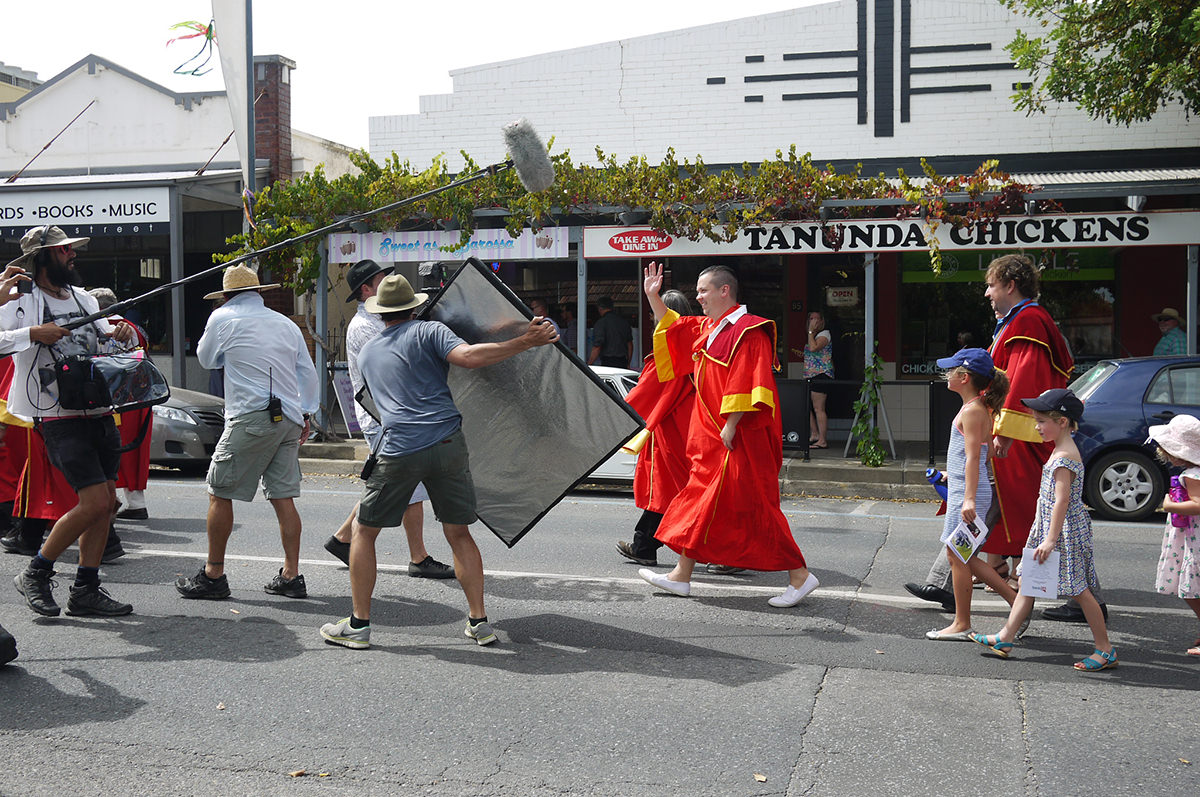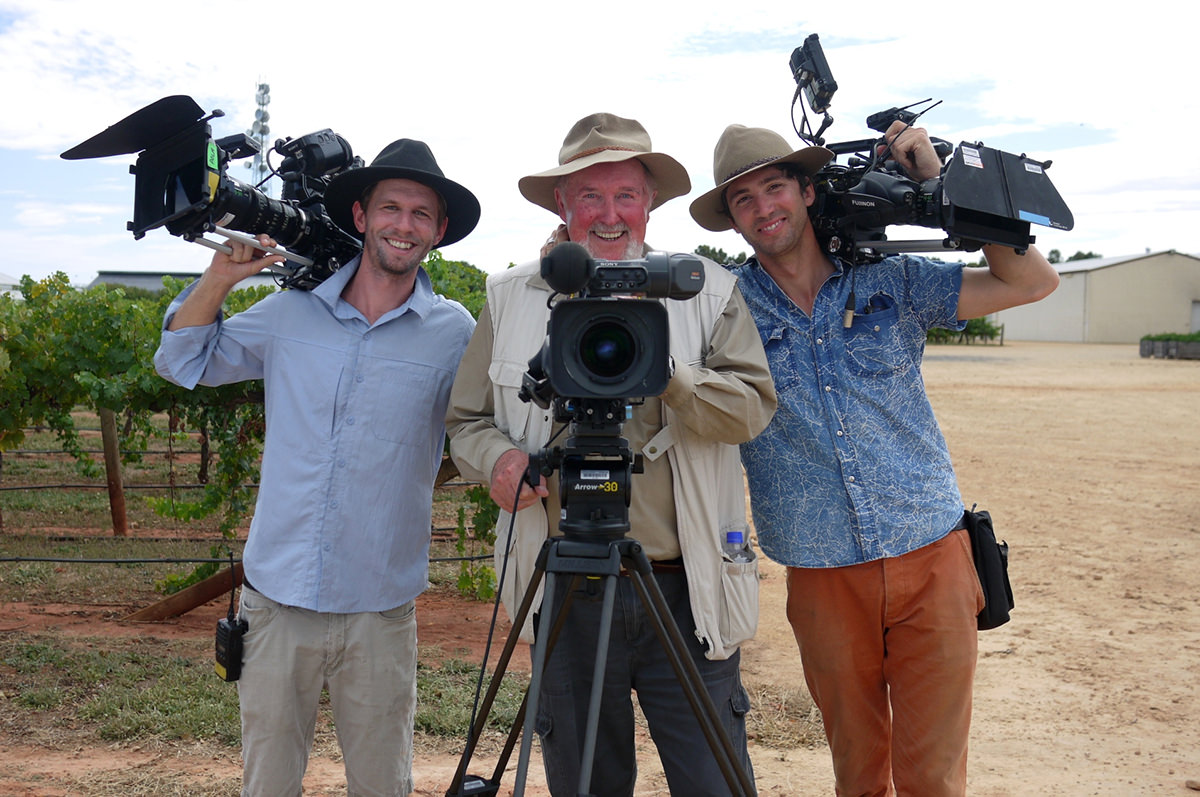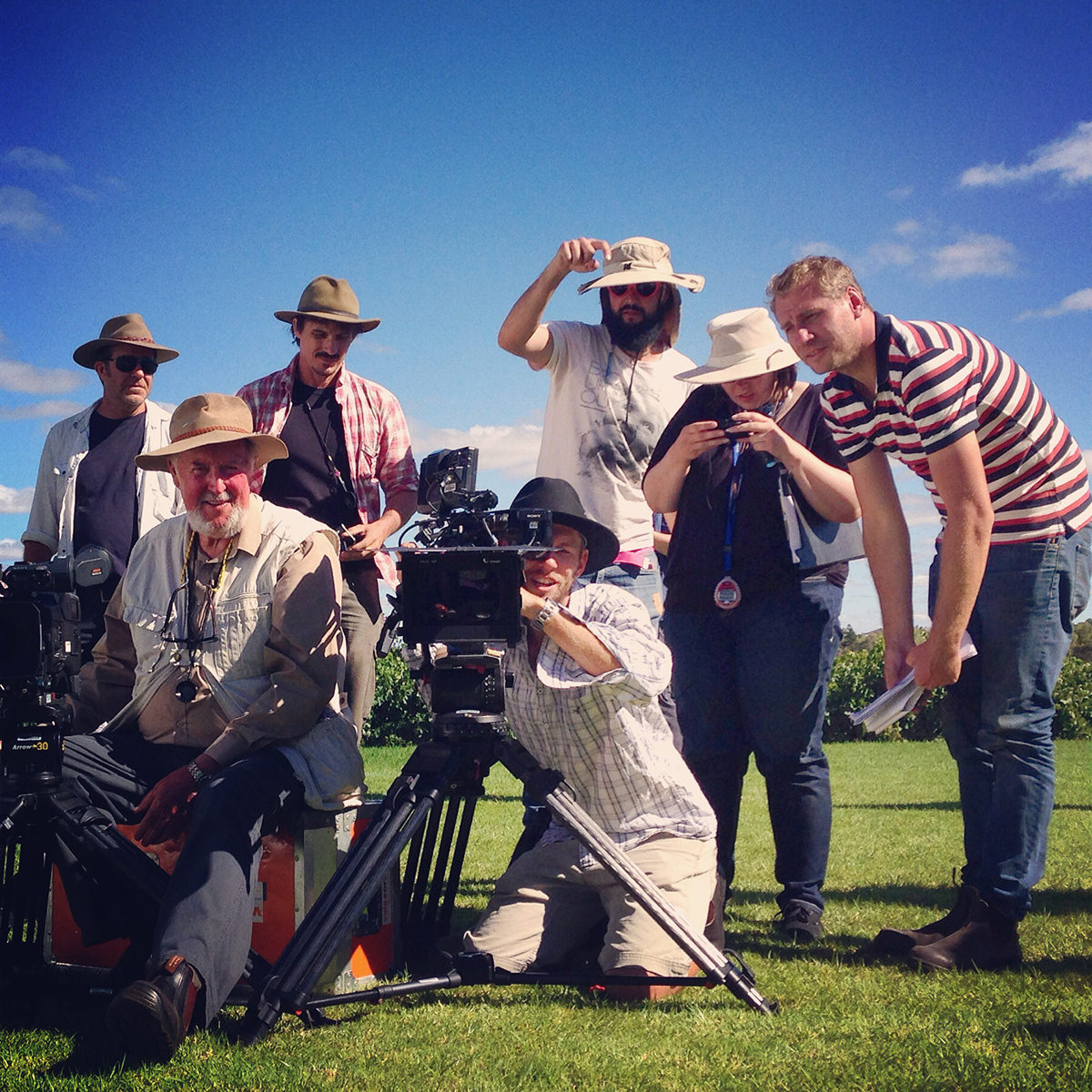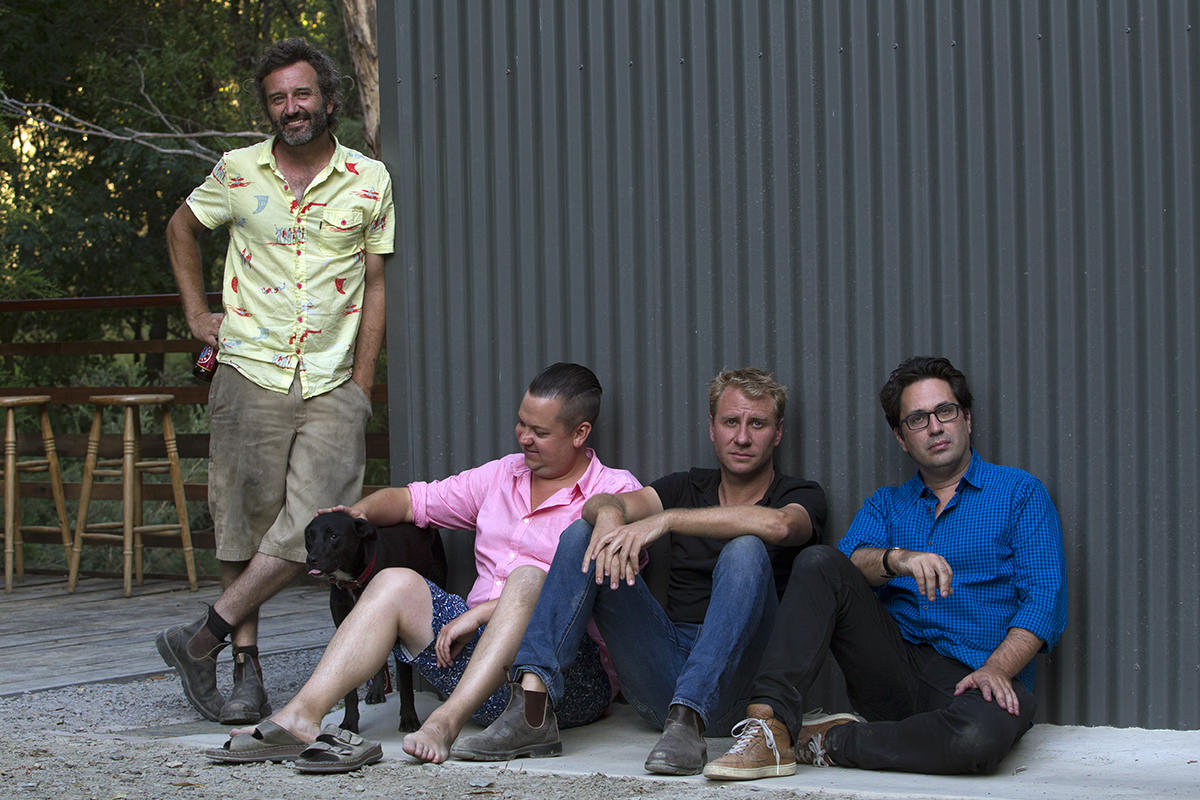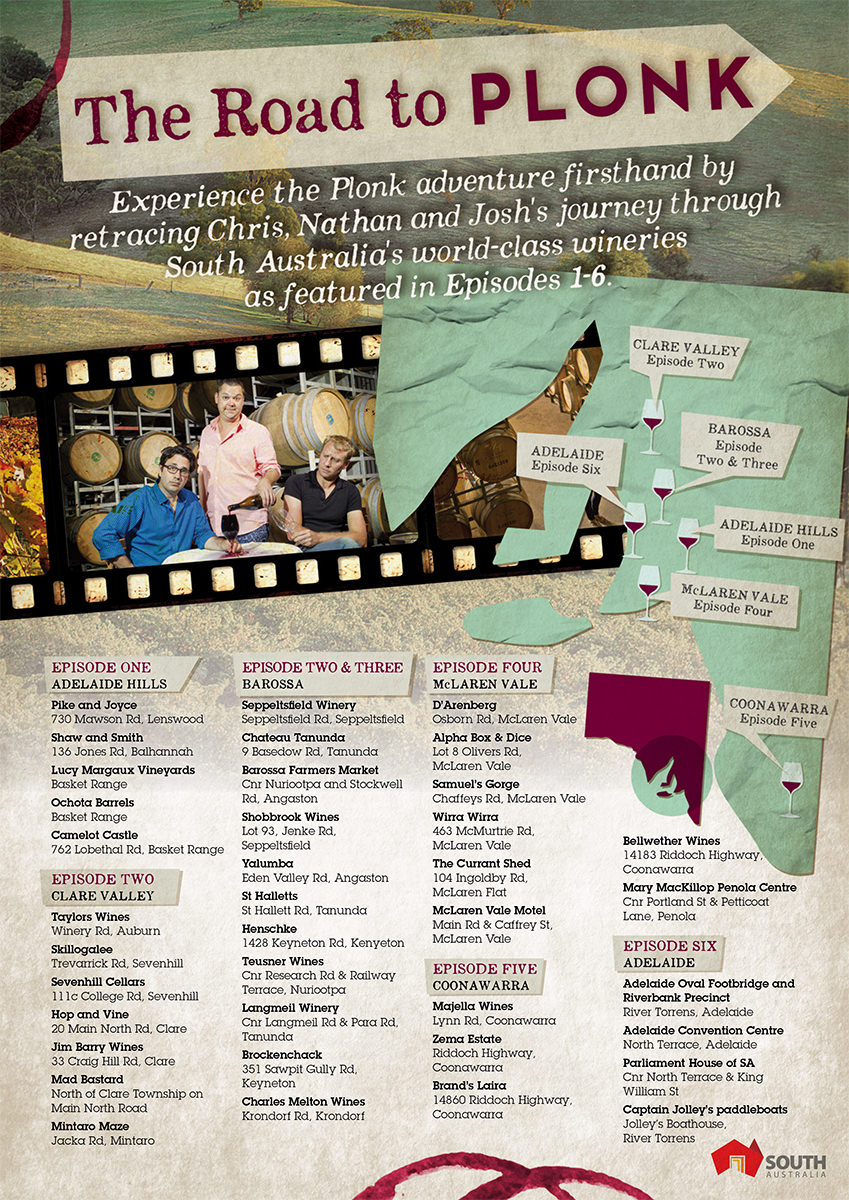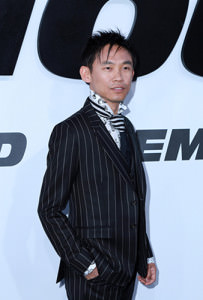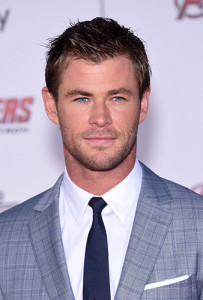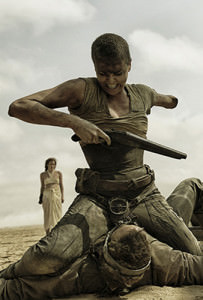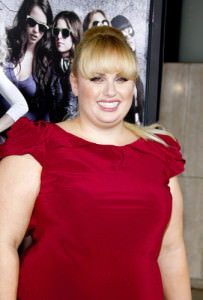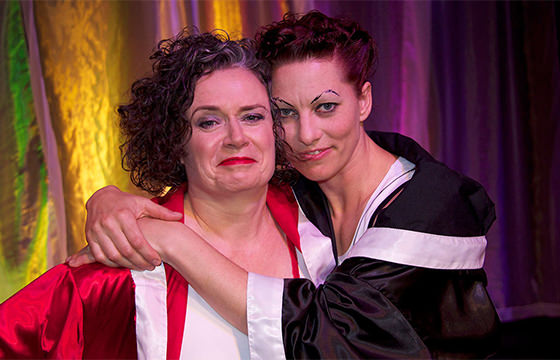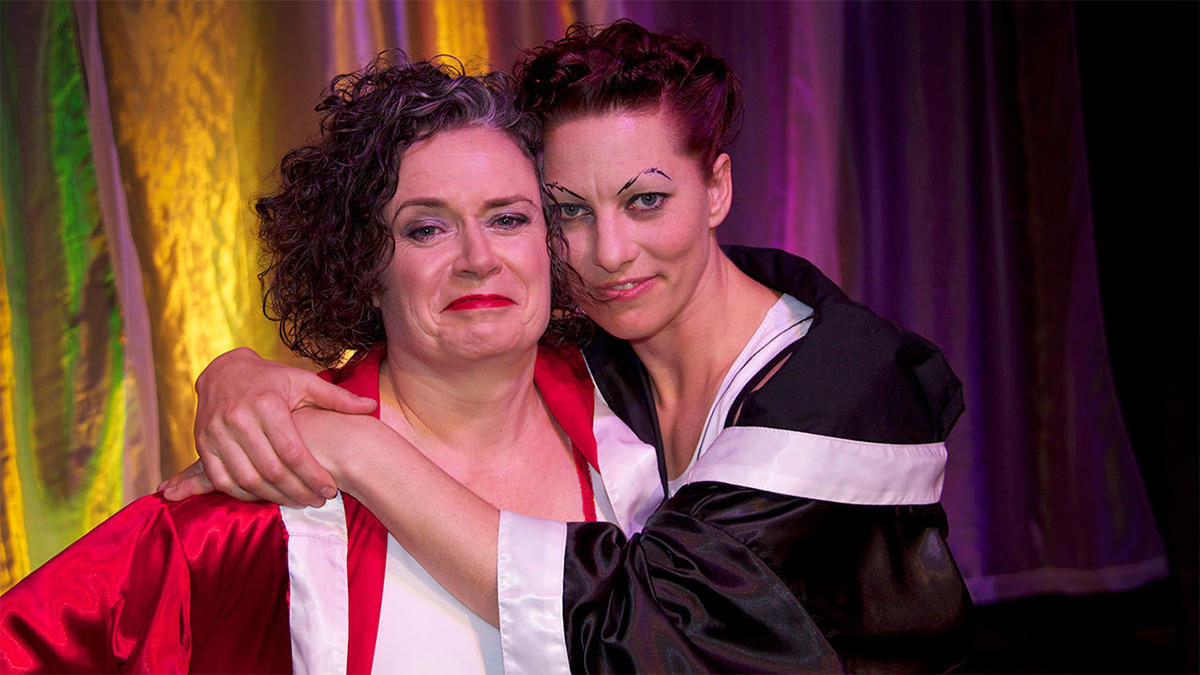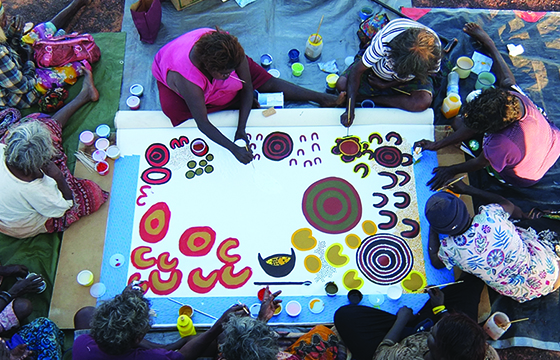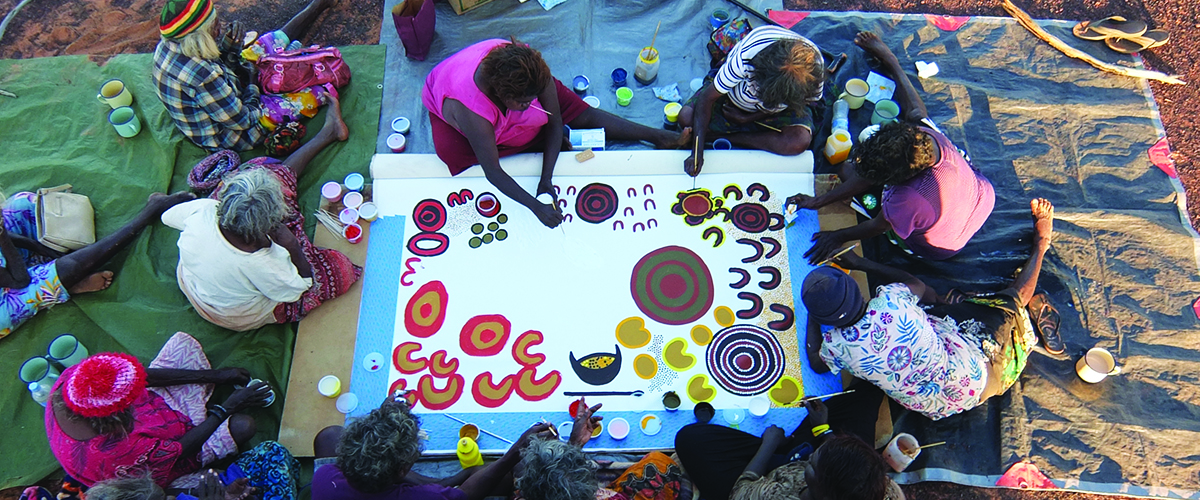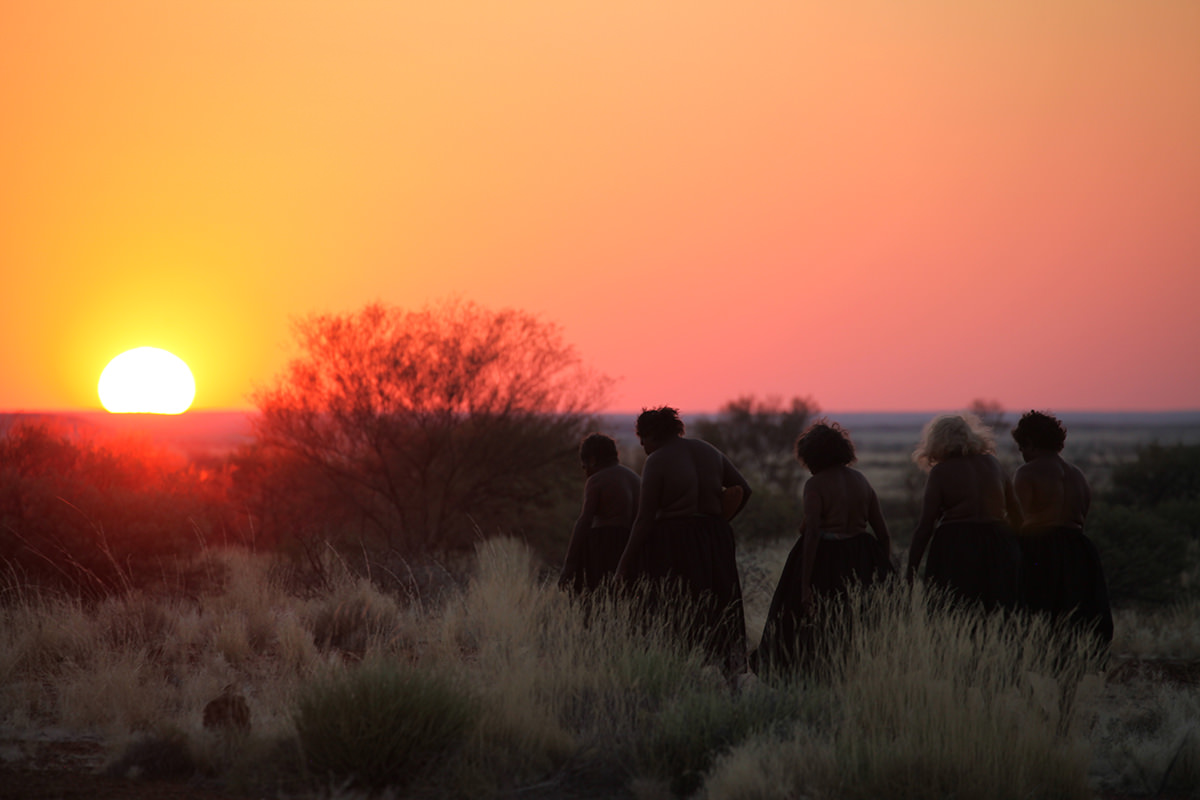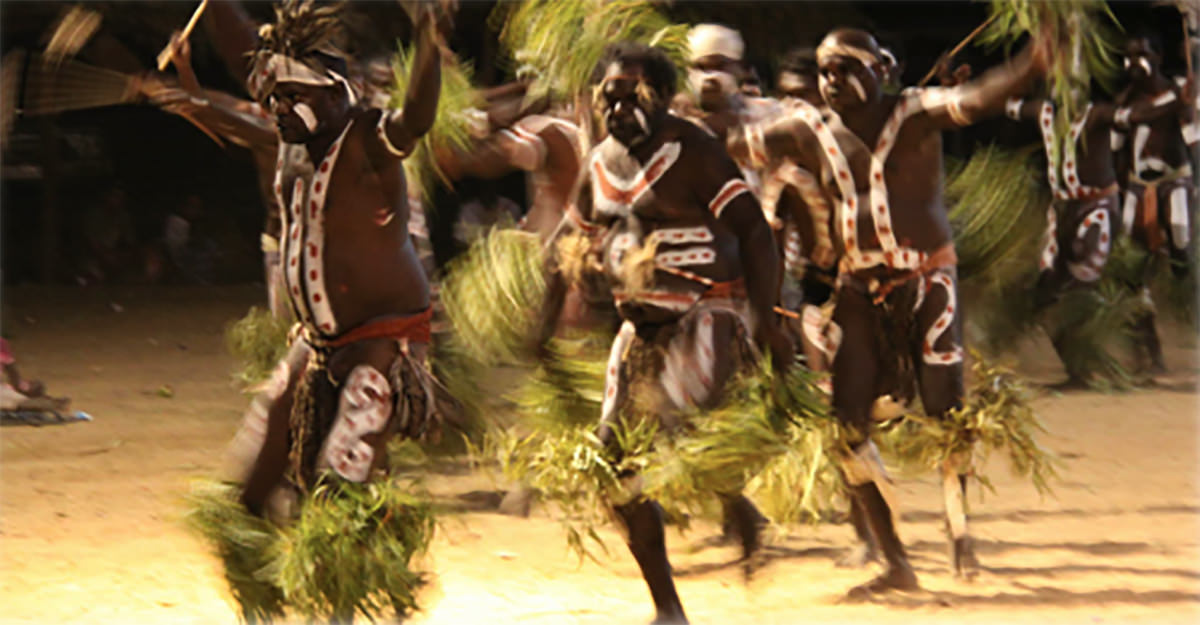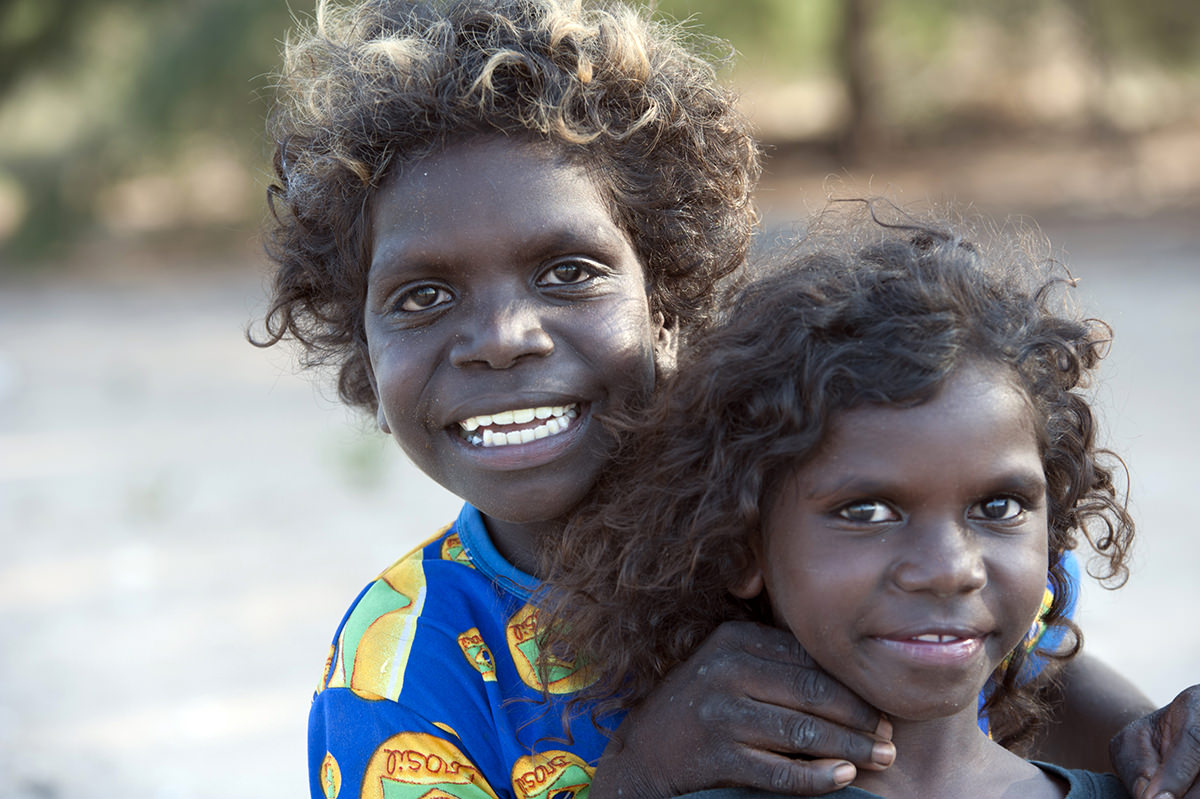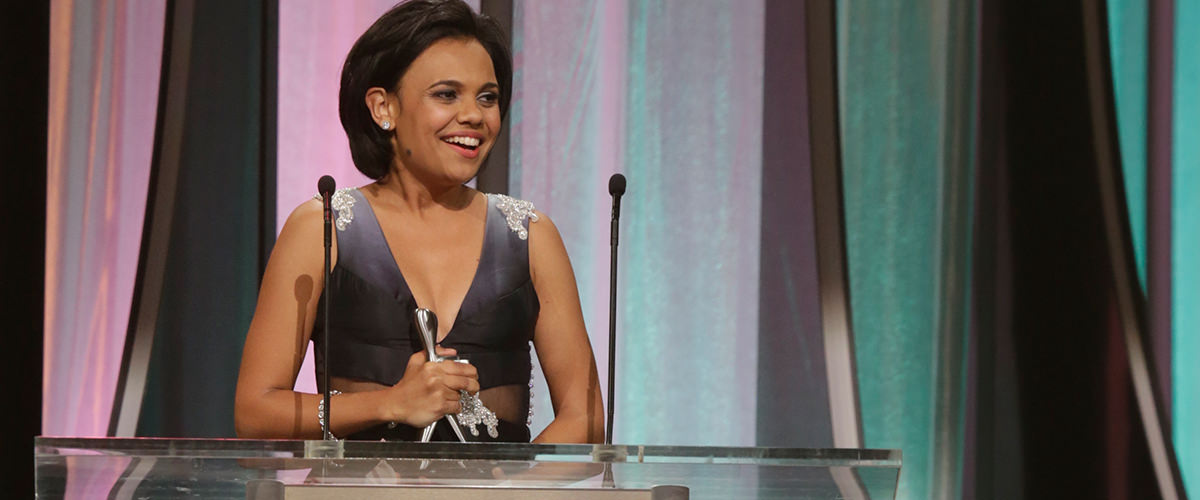We caught up with Judith to talk about what inspired her to a do an in-depth look at present-day gender roles and feminism, and the complexities of making a show like Judith Lucy is All Woman.
Screen Australia: What inspired you to do Judith Lucy is All Woman?
Judith Lucy: It was inspired by a conversation I had with Kaz Cooke. We were having a chat about feminism, the 80s and stomping around in our Doc Martens – and I think that conversation had been inspired by pole dancing, and the fact that it has become a form of exercise, which I never saw coming – and Kaz said, ‘in the 80s, I really thought feminism was going to have this linear narrative and that things were going to keep getting better and better for women’. And we had to agree that that really hasn’t happened. That was the seed of it.
Making Judith Lucy’s Spiritual Journey I combined comedy and documentary – and hopefully I didn’t do a terrible job – and I thought that kind of format would lend itself to looking at where women in Australia are today. I was still filming Spiritual Journey when that occurred to me.
SA: What surprised you the most about the modern Australian woman while you were doing the show?
JL: The most pleasant surprises I got were people, not just women but men I spoke to as well, who were going against gender stereotypes. The people who were not doing the expected.
I was surprised by Corrie the stay-at-home mum of five. (Having looked after just three of her children for two hours, my God, I have so much respect for women who make that decision). And when I asked her if she was a feminist, I wasn’t expecting her to say yes.
I was equally inspired by the stay-at-home dads who’d made that choice too, despite a lot of people they’d worked with thinking they were crazy.
It was fantastic to talk to Buck Angel.
All these people were challenging our notions of what being a man and what being a woman is. It surprised me greatly and in a very positive way because I think it’s people like that that will help us to change.
SA: What sort of reaction did the show get?
JL: I’m not on social media and I tend not to read reviews so as far as I’m concerned, everyone loved it. [But] I was particularly chuffed when younger women who’d watched it said that it made them have a think about what feminism means. And some dads dropped me some nice emails.
SA: What was the most challenging part of the show for you as the presenter?
JL: I had the same fear that I had with Spiritual Journey, which was getting the balance right: I really wanted the show to be funny and entertaining, but I also wanted it to look seriously at some of these issues. I was always hoping we’d get that balance right.
And obviously when you’re interviewing people that is a big responsibility. I didn’t want anyone to think that because I was a comedian I would take the piss out of them. There are people who are making themselves quite vulnerable to you, and you don’t ever want to take advantage of that.
I was anxious about doing the best job that I could, really.
SA: Do you think you’d ever revisit the subject matter? See how it’s tracking in a few years?
JL: Look, I’m sure there will still be an awful lot to explore when it comes to this issue. And it would be very interesting to see where we are five, 10 years from now. It’ll be interesting to see how far off we are from having another female prime minister, for example.
The thing with a lot of these issues too is that you have to keep checking on them. Kaz has always talked about this – we can’t ever forget the rights we now have are thanks to the women that have gone before us. And we can’t ever become complacent and thinking that we’ll always have those rights. It’s very important to keep looking at where we’re at.
Judith Lucy is All Woman is out now on DVD. And her stand-up, Ask No Questions of the Moth, is touring around Australia until early August.
